Although not yet complete there is a ‘Glossary for all four Volumes’, which can be accessed by clicking on the link below. At the end of it, there is a section on ‘images’ and ‘diagrams’, which may be particularly useful.
Author: Francis
Criticisms and answers
This Post provides a link to “Chapter 12 : Criticisms and answers“, the last chapter of my book “Drawing with Feeling“. It is a short chapter which focusses, first, on possible critiques of the ‘feeling-based‘ method advocated in the drawing lesson and, then, on my responses to them
CHAPTER 12 – CRITICISMS AND ANSWERS
A selection of drawings and paintings by students
Drawing is used for making both drawings and paintings. Below I add examples of both made by my students, all of which required the use of drawing skills. Unfortunately, I do not have examples of work they produced before being subjected to the drawing lesson. I am sorry about this because the progress made can be described as either ‘significant‘ or ‘astonishing‘. For example, there are two drawings by dyslexics who came to Montmiral with extremely limited drawing skills (One, when she arrived, was much less skilled than many seven year old children, the other was in despair that he could find no teaching that could help him improve from his current naive-adult level). I wonder if anyone can pick out the images they made. Apart from these two examples, some of the works are by complete beginners, others are by relatively experienced amateurs and yet others are by professionals. Can you tell which?
The first drawing bellow illustrates the struggles that accompany the rigorous training of the feel-system that takes place during the drawing lesson. The second drawing illustrates the immediate benefit, while the other drawings provide a small sample of the variety of ways the students used what they had learnt in the longer term.
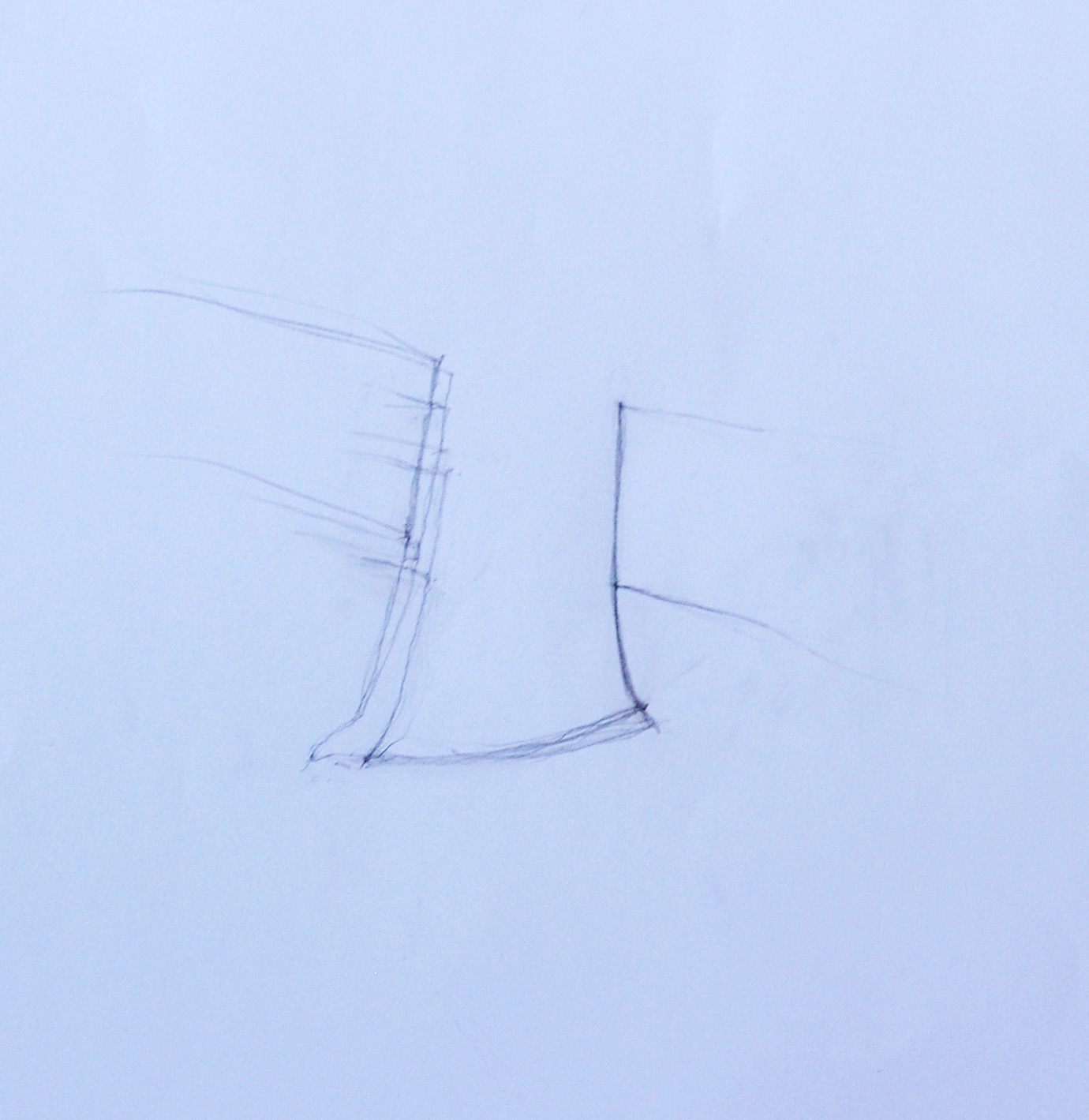
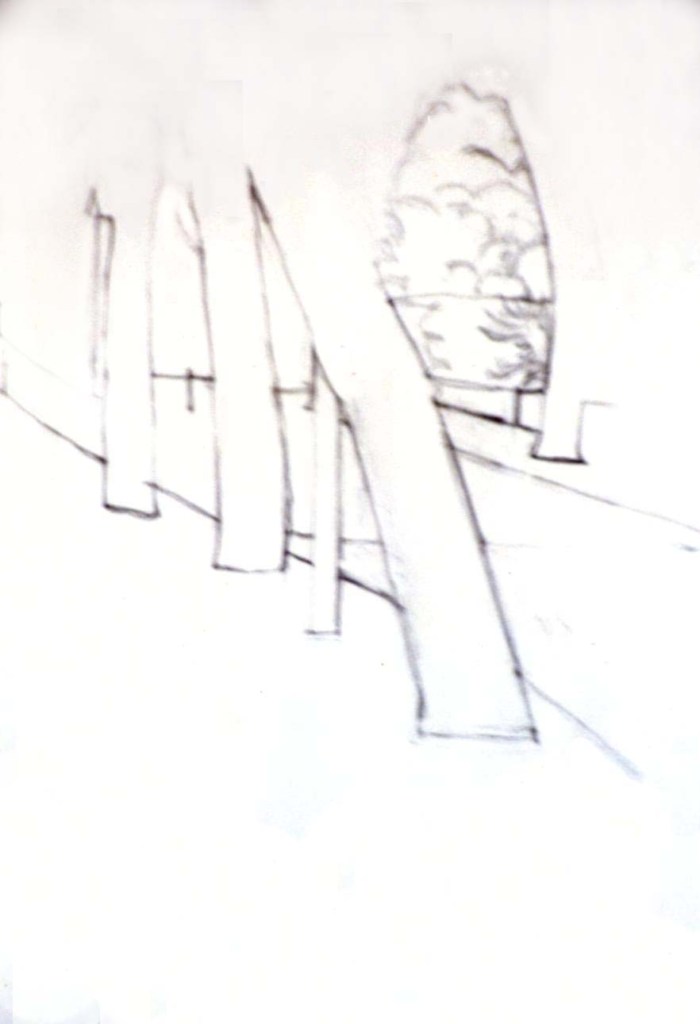
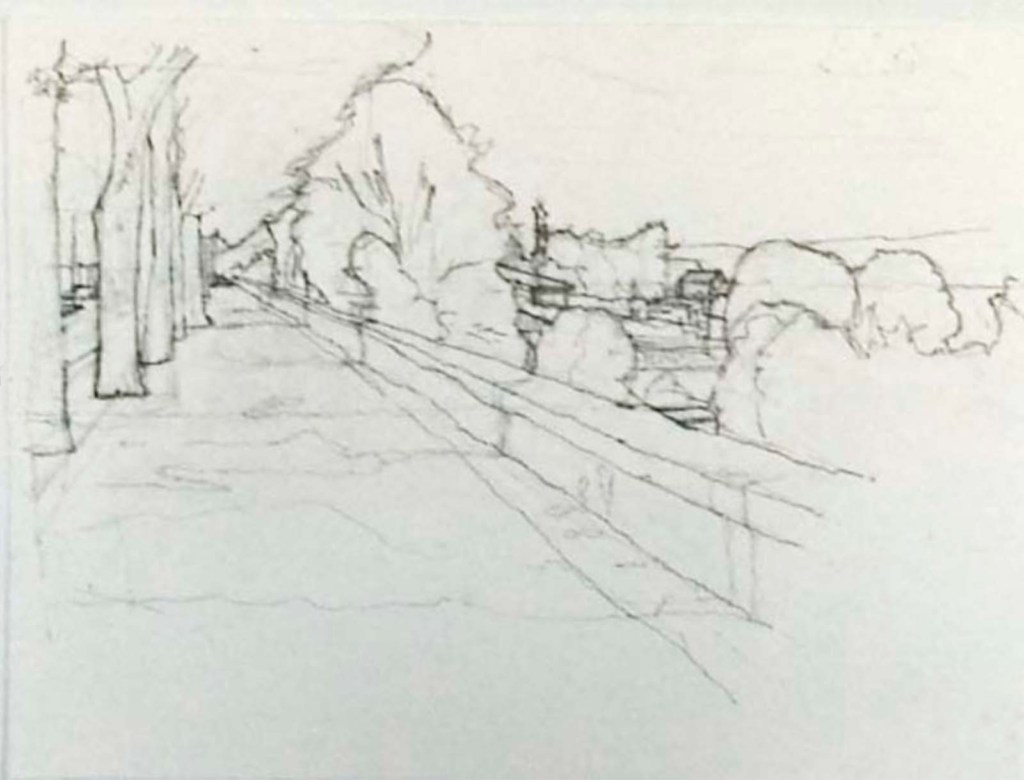
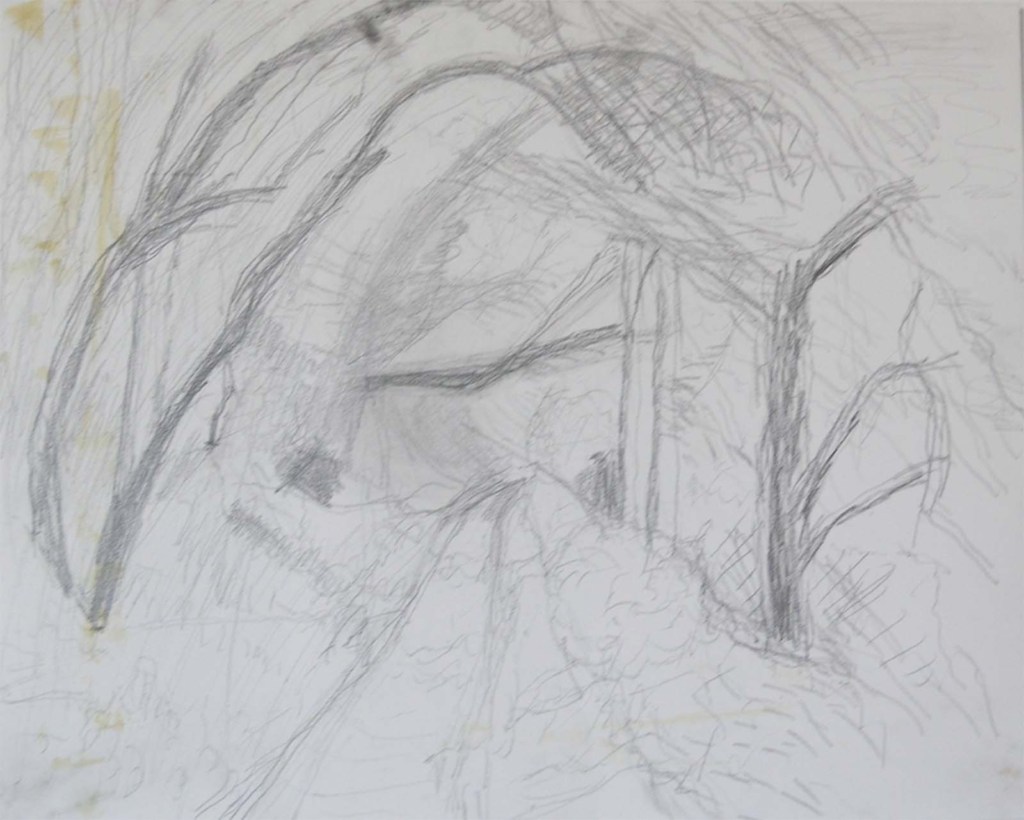
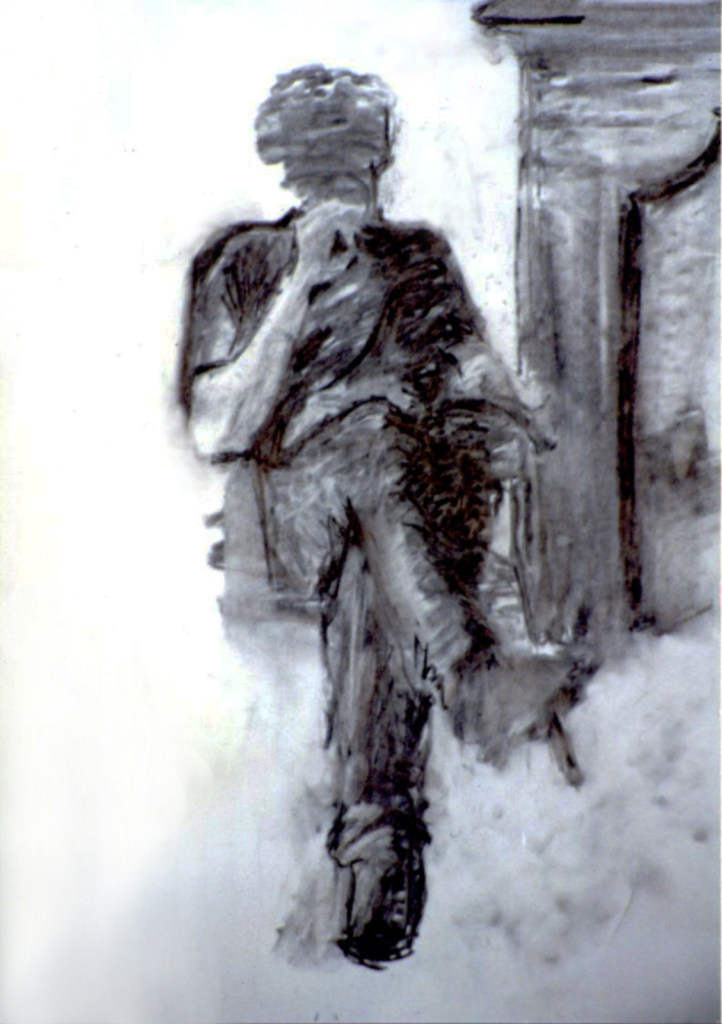
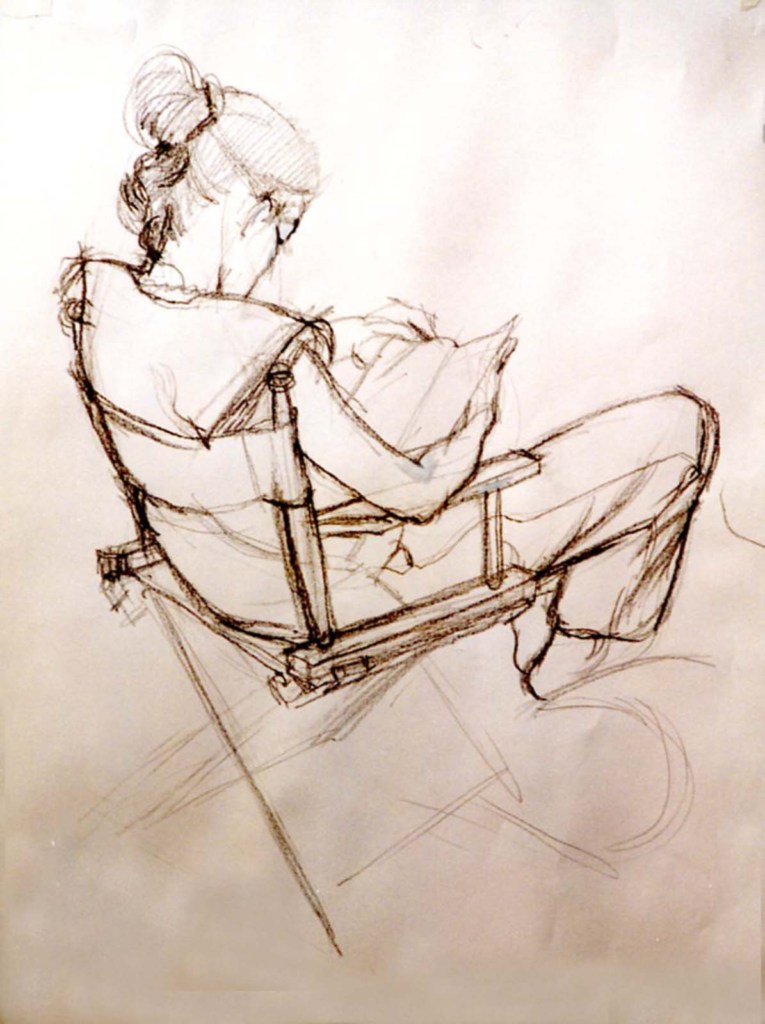
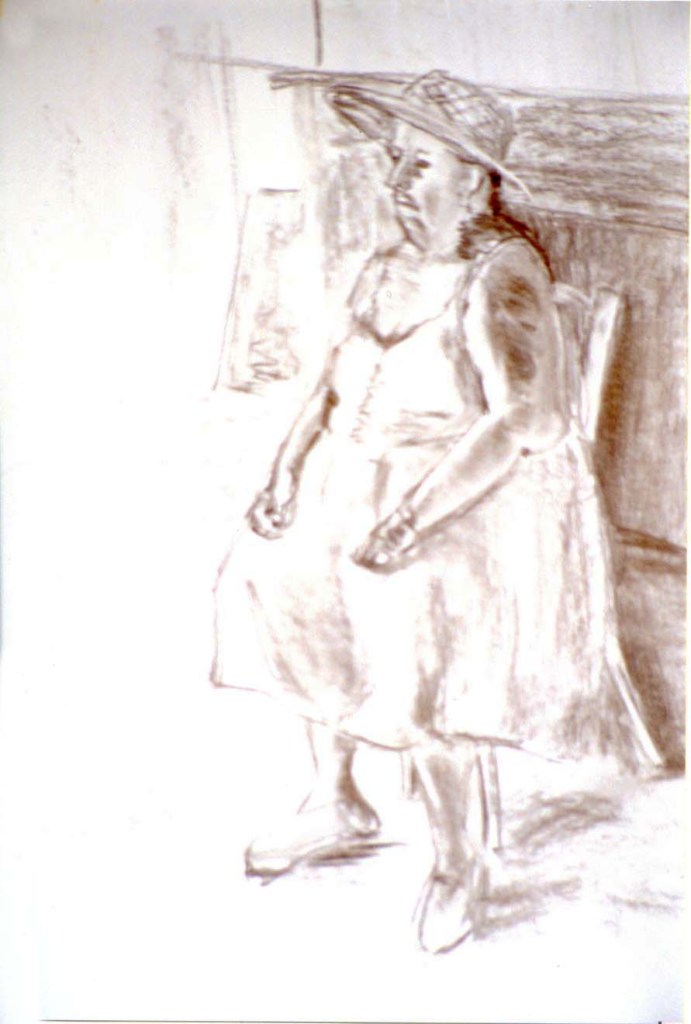
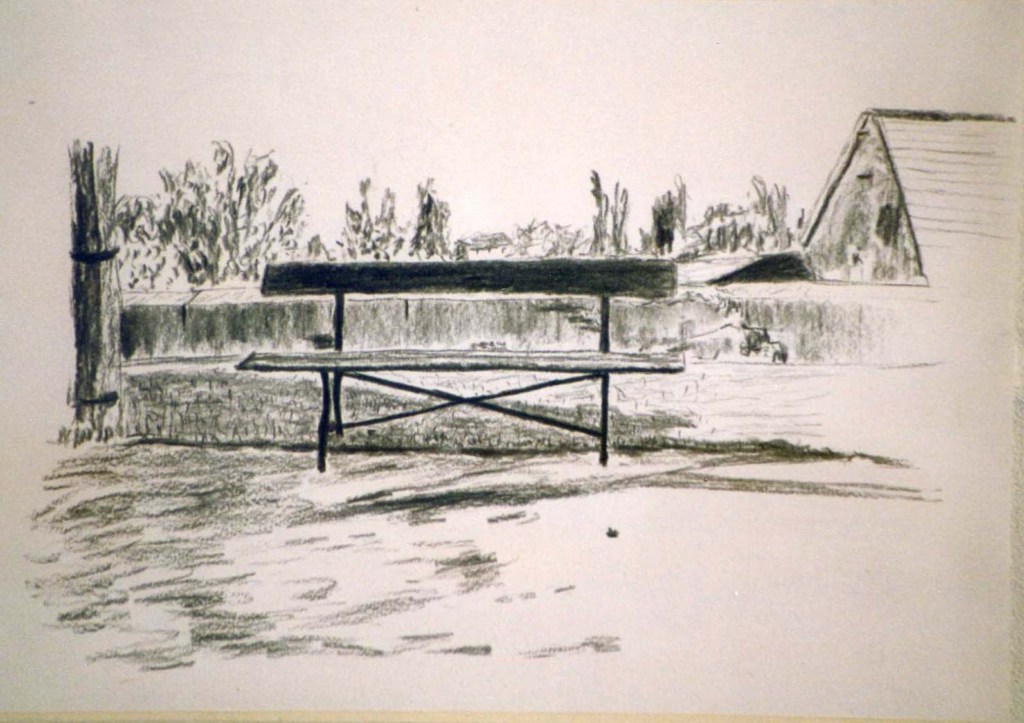
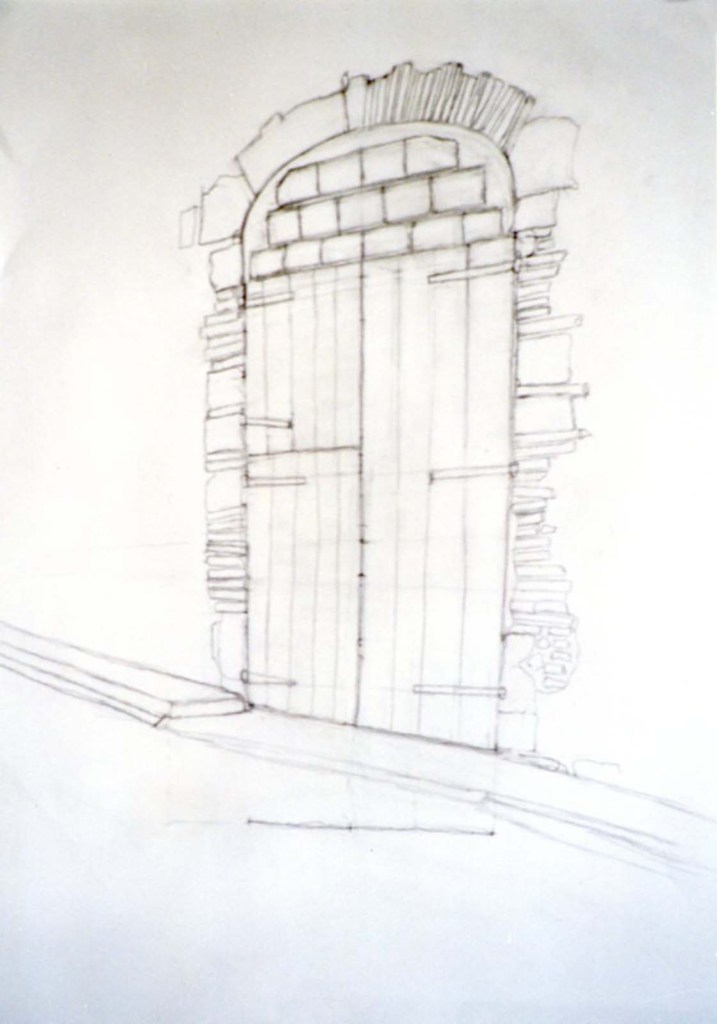
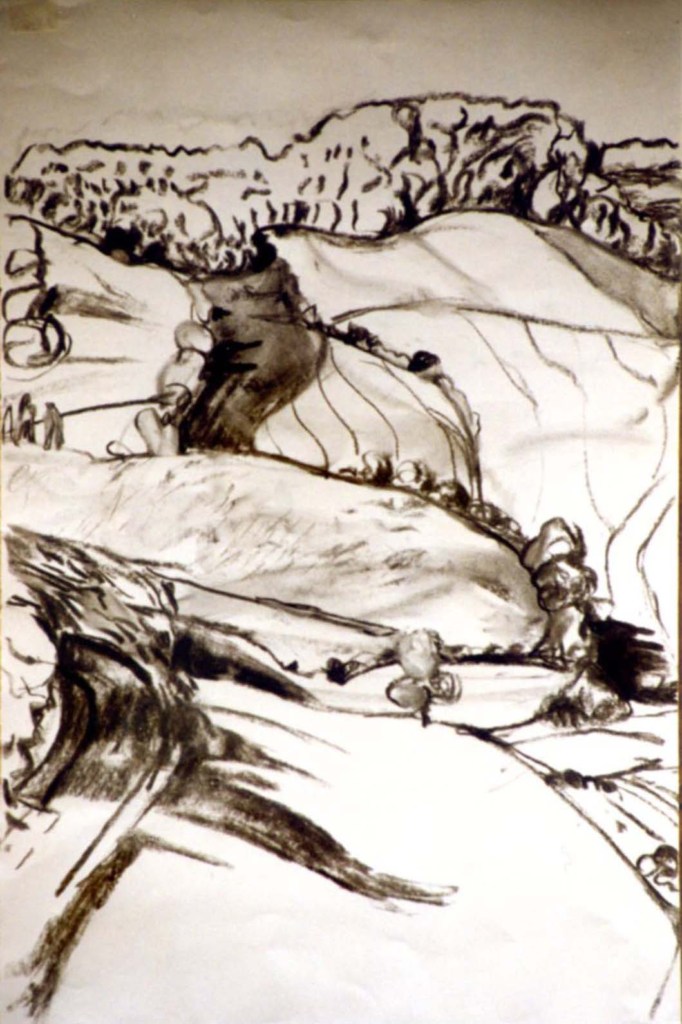
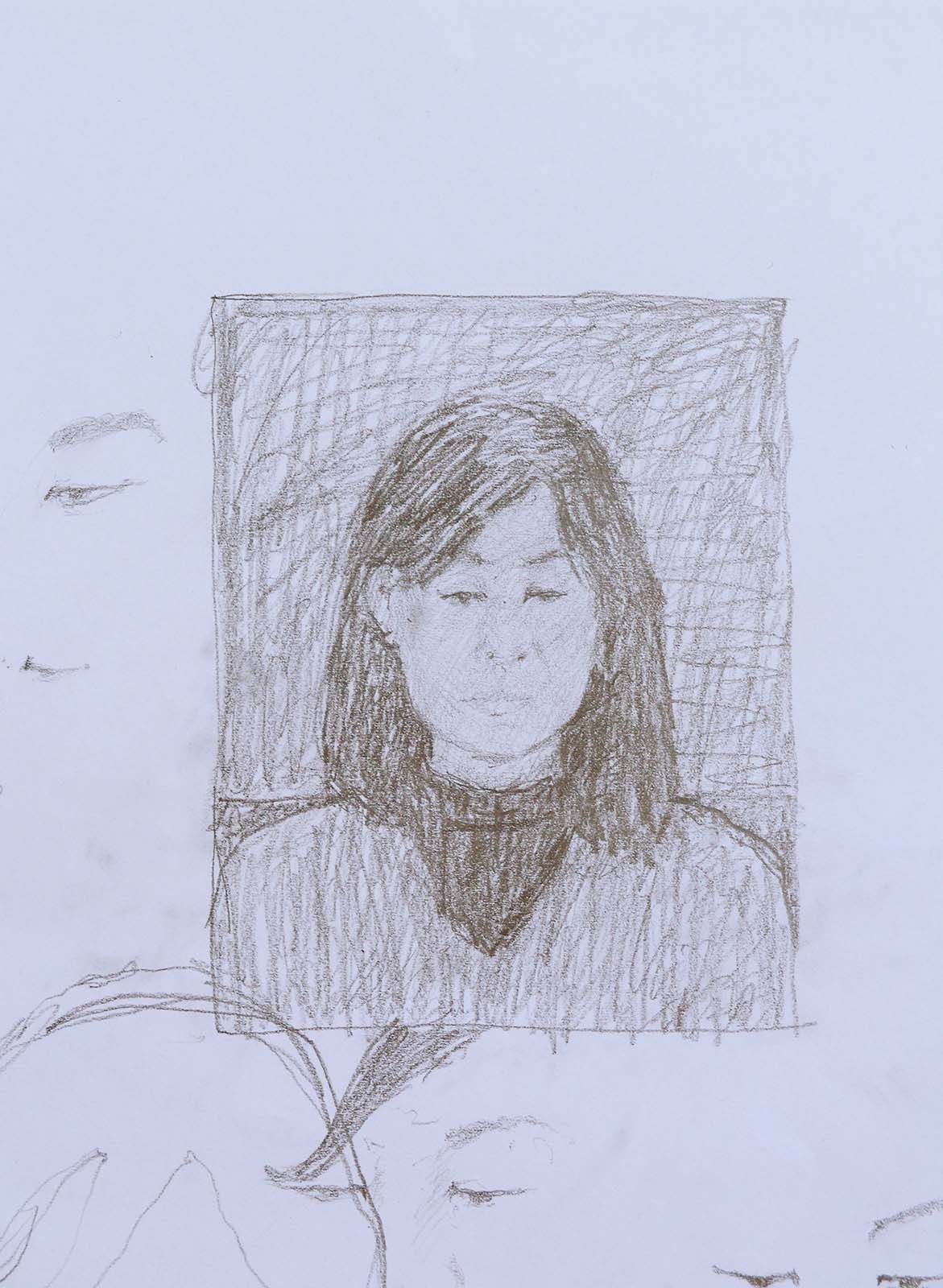
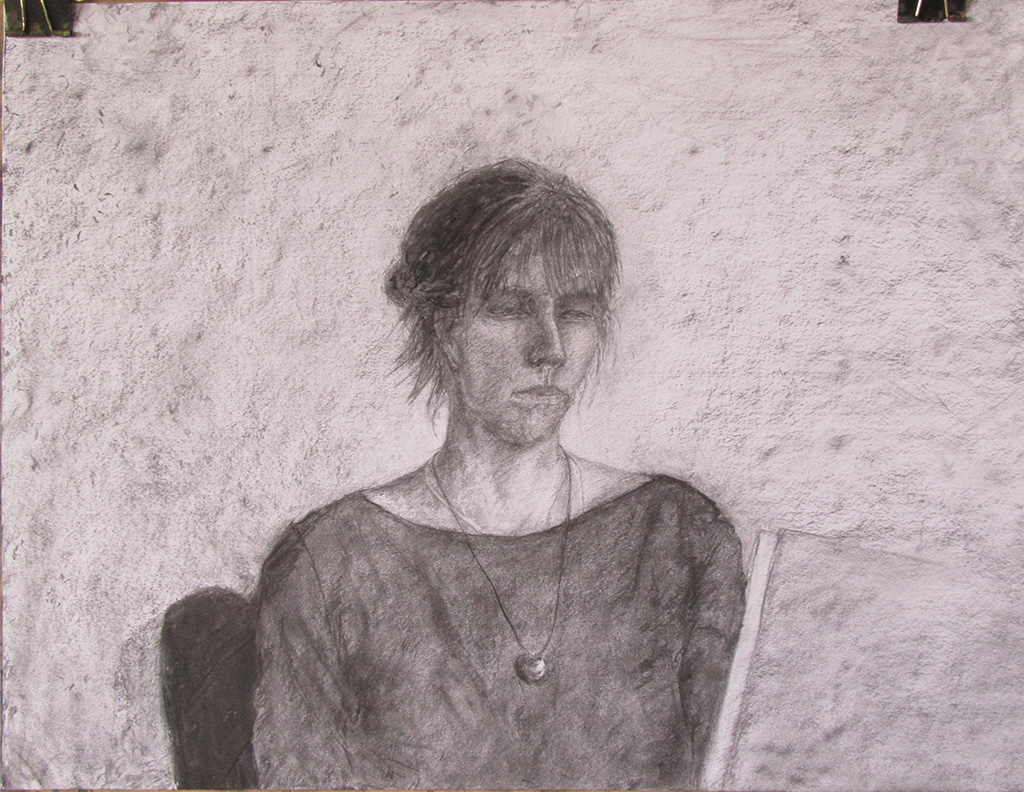

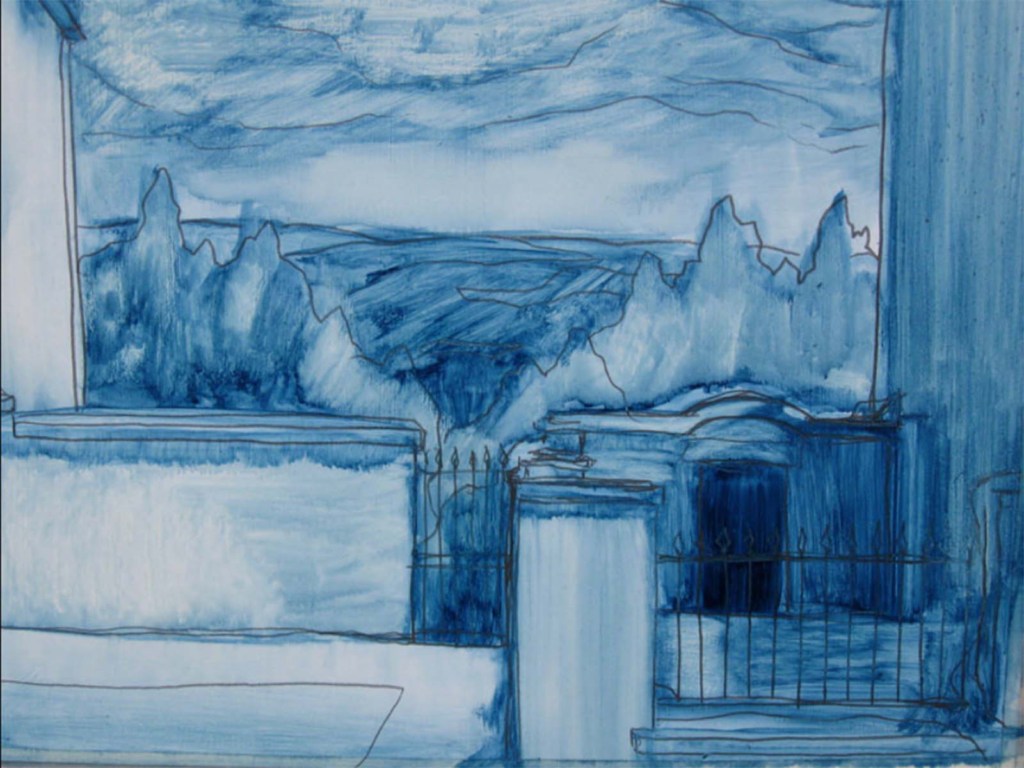

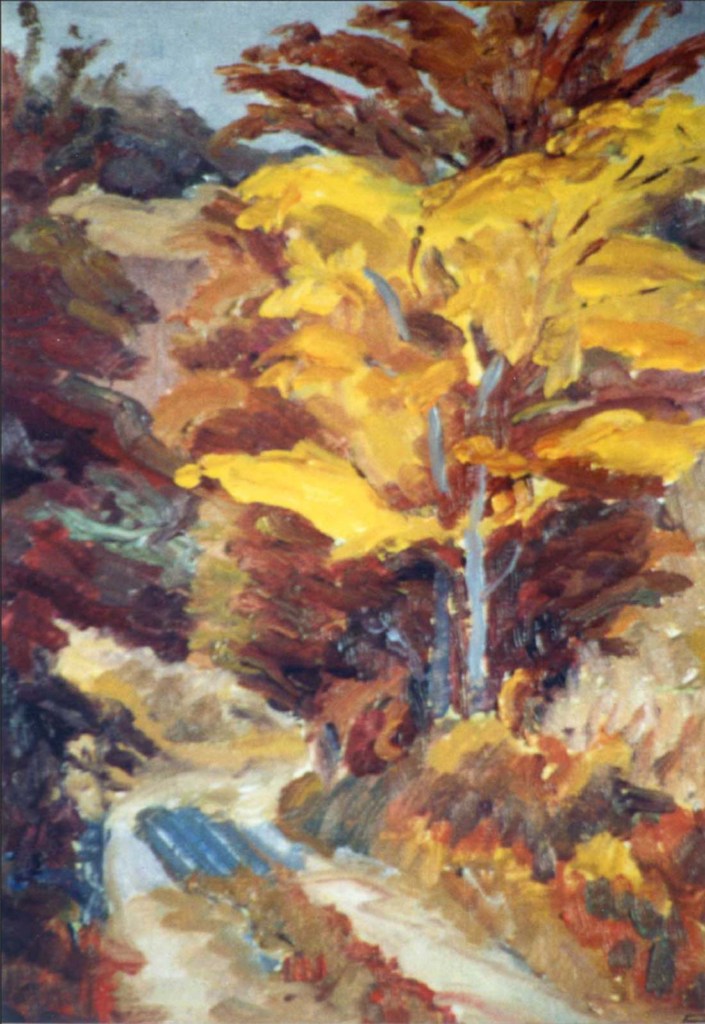
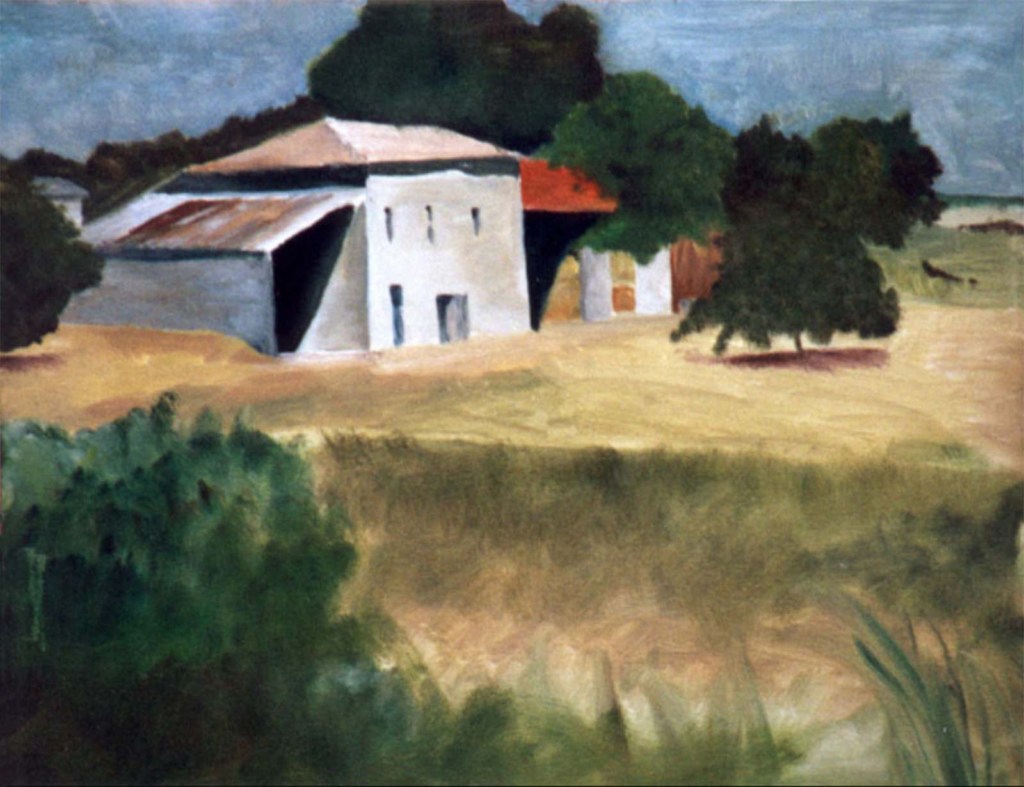
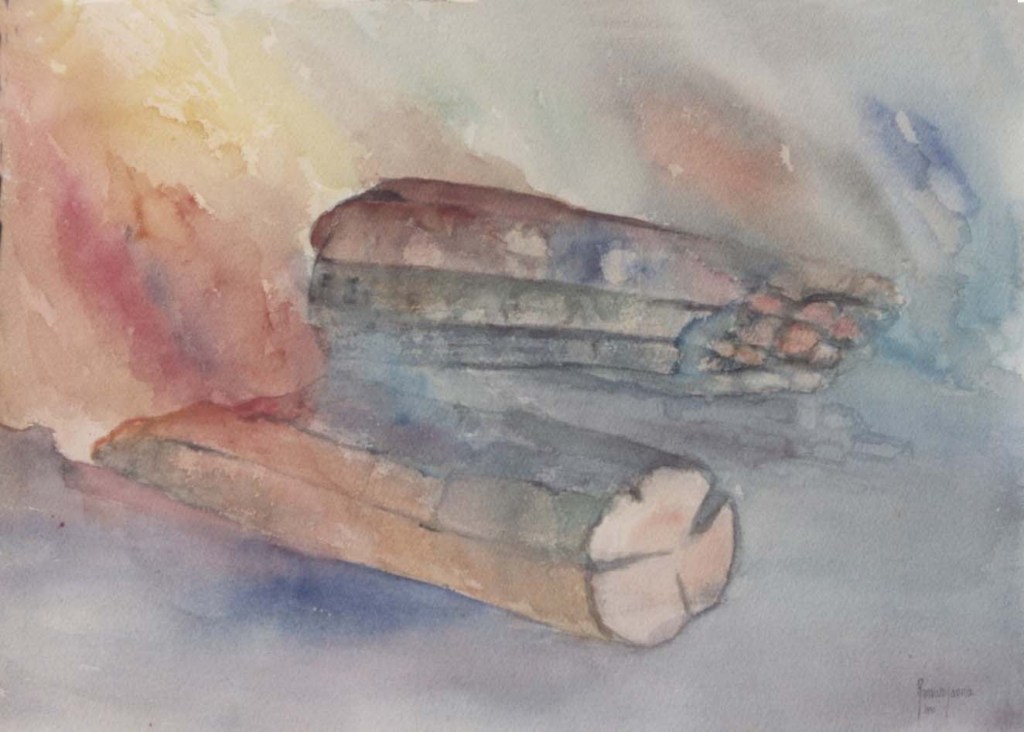
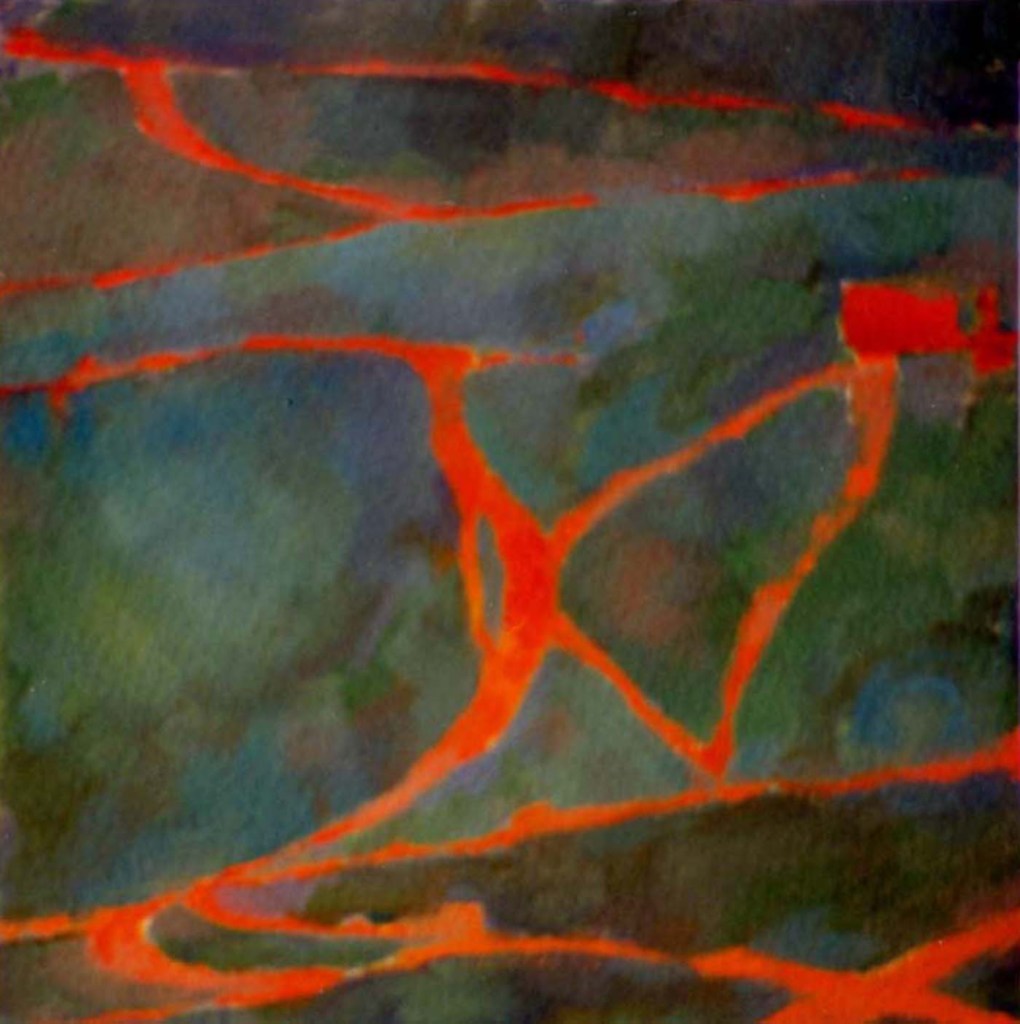
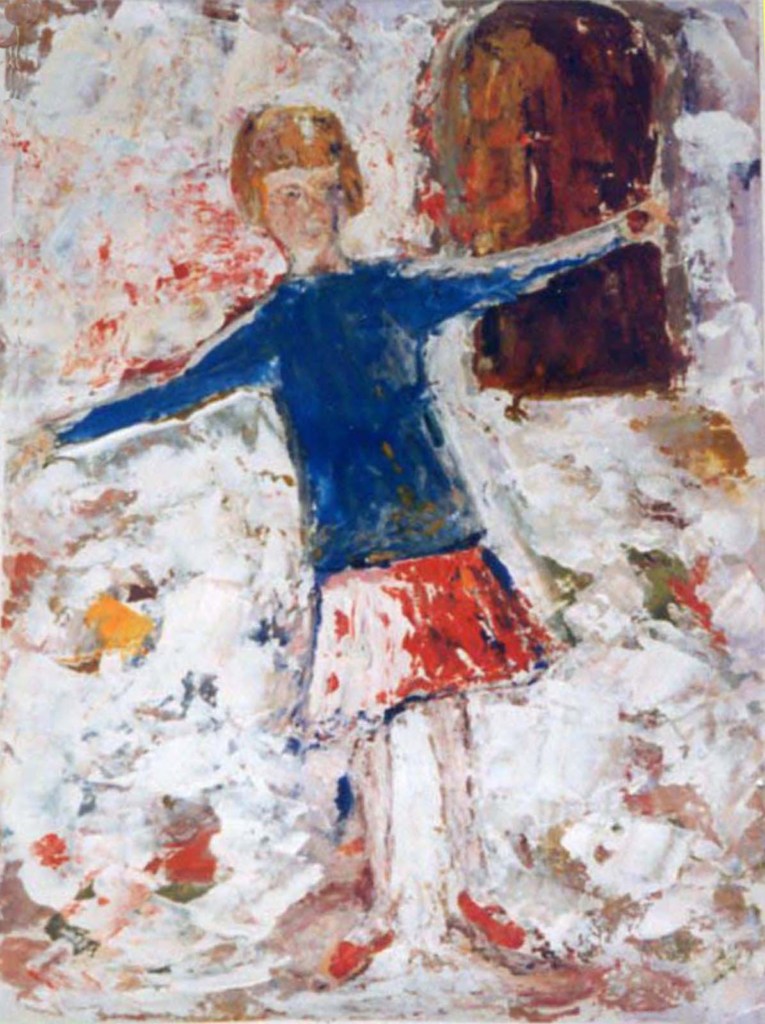
List of links to already published chapters from the two books on drawing
VOLUME ONE : “DRAWING ON BOTH SIDES OF THE BRAIN”
BOOK 1 : “DRAWING WITH FEELING”
The chapters so far loaded:
- Introduction to book 1 of “Drawing with Feeling”
- Chapter 1: Accuracy versus expression
- Chapter 2: Traditional artistic practices
- Chapter 3: Modernist ideas that fed into new teaching methods
- Chapter 4: the sketch and explaining the feel-system
- Chapter 5: Negative spaces
- Chapter 6: Contour drawing
- Chapter 7: Copying Photographs
- Chapter 8: Movement, speed & memory
- Chapter 9: The drawing lesson- preparation
- Chapter 10 : The drawing lesson
- Chapter 11 : The drawing lesson-conclusion
- Chapter 12 : Criticism and and answers
BOOK 2 : “DRAWING WITH KNOWLEDGE”
The chapters so far loaded:
- Chapter 13 : Introduction to “Drawing with Knowledge”
- Chapter 14 : Linear Perspective
- Chapter 15 : Some core ideas
- Chapter 16 : Eye-line problems
- Chapter 17 : Head movement opportunities
- Chapter 18 : Axes of symmetry
- Chapter 19: Anatomy reviewed
- Chapter 20 : Structural basics
- Chapter 21 : Deformations – muscles, fat, clothes
OTHER POSTS ON DRAWING:
- An inspirational 19th century teacher and his widespread influence on Modernism in drawing and painting
- The surprising eye in diagrams
![]()
Go to top of page
Go to list of all other contents
![]()
The lesson: conclusion
Building on what has been learnt
Having got a feeling for using the “feel-system“, from Chapter 4 , (“The sketch and the feel system“) and experienced the challenge of making use of it when making drawings from observation in Chapter 10, (“The drawing lesson: action“) this ‘Post‘ provides a link to Chapter 11, (“The drawing lesson: conclusion“). Its role is to offer suggestions as to how to follow up and build upon what has been learnt already. In particular, an exercise is suggested that demonstrates the efficacy of the method, both for training the memory and for improving information pick-up speed without losing accuracy. With sufficient practise, these chapters on the “feel system” and its application in the drawing lesson, will enable artists to:
- Use literal accuracy as a tool for deepening awareness of appearances,
- Harmonise line-production with ongoing feelings.
- Extend the meaning of “accuracy” to include any ‘exaggeration‘, ‘distortion‘ or any synthesis that reflects the “reality” of current personal experience.
CHAPTER 11 : THE DRAWING LESSON-CONCLUSION
Images and quotations
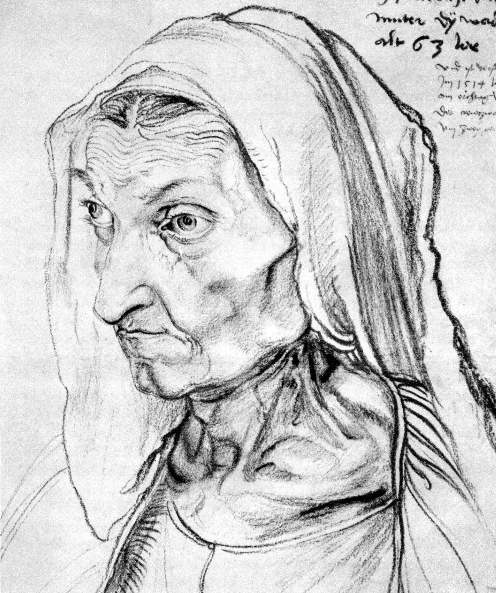
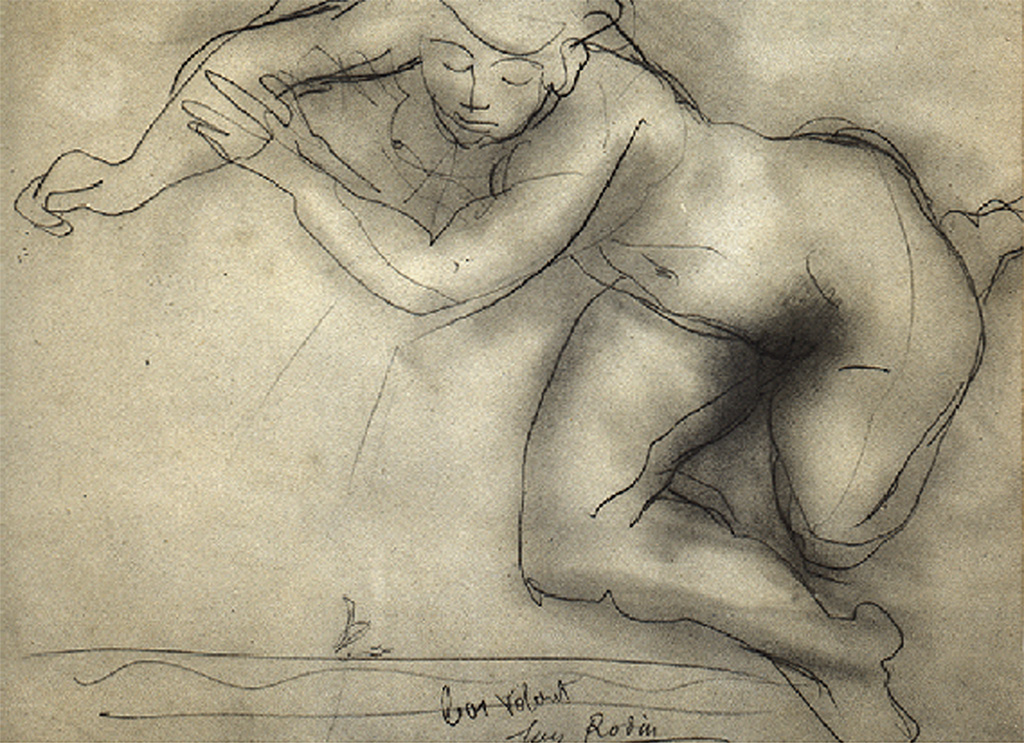
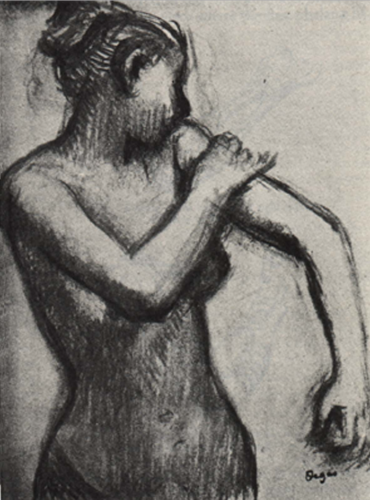
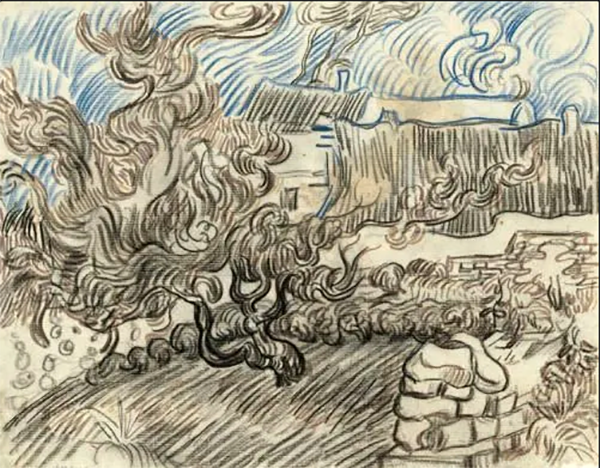
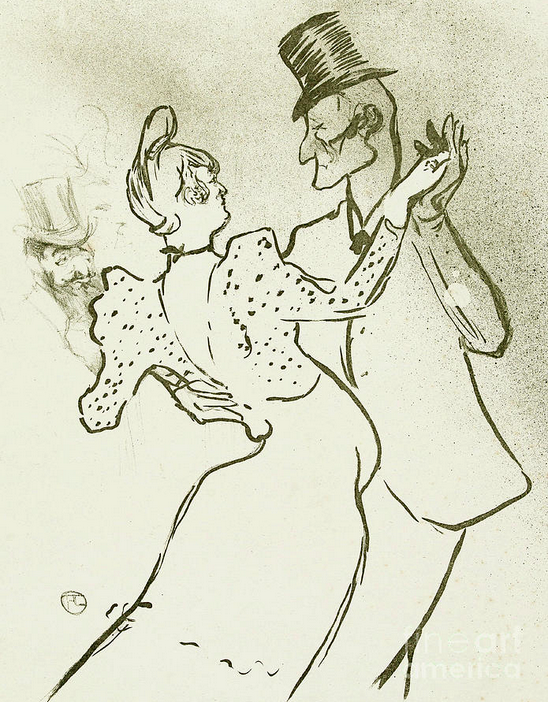
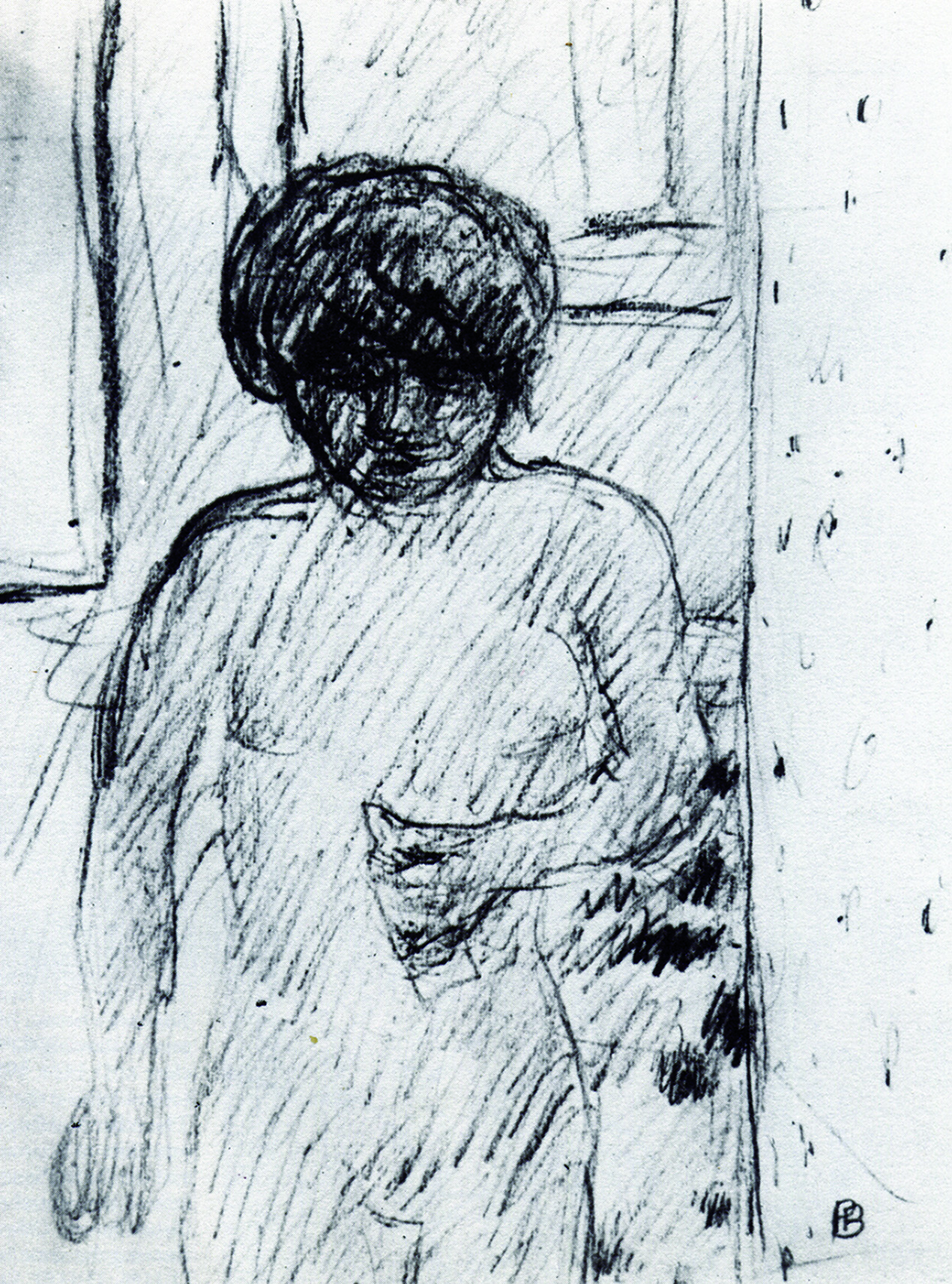
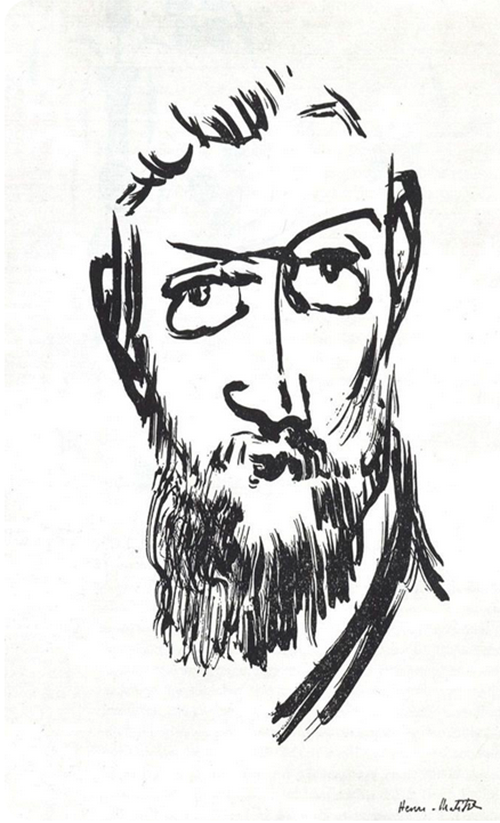
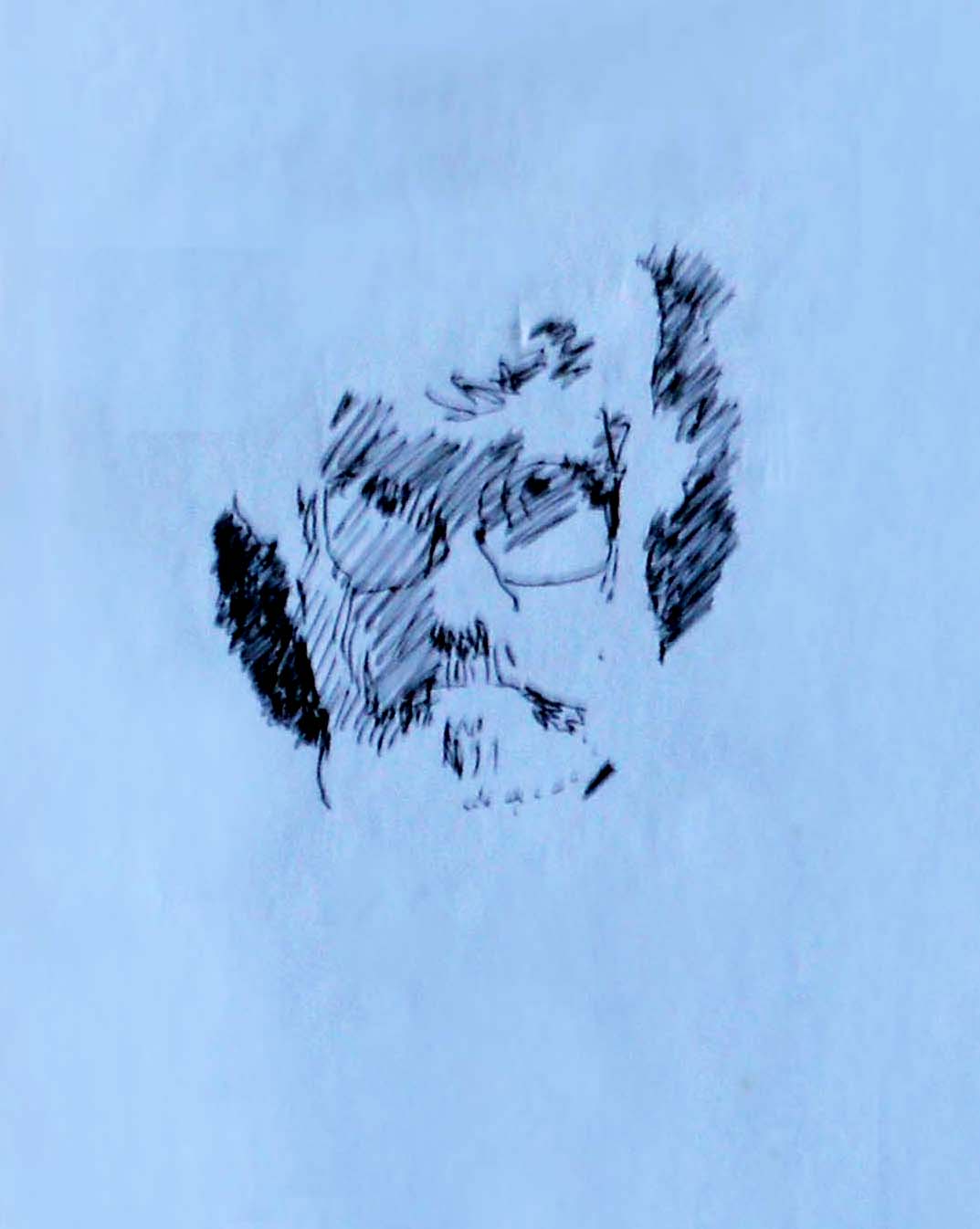
Below are links to other chapters from my book, “Drawing on both sides of the Brain“, and to related material
VOLUME ONE : “DRAWING ON BOTH SIDES OF THE BRAIN”
BOOK 1 : “DRAWING WITH FEELING”
The chapters so far loaded:
- Introduction to book 1 of “Drawing with Feeling”
- Chapter 1: Accuracy versus expression
- Chapter 2: Traditional artistic practices
- Chapter 3: Modernist ideas that fed into new teaching methods
- Chapter 4: the sketch and explaining the feel-system
- Chapter 5: Negative spaces
- Chapter 6: Contour drawing
- Chapter 7: Copying Photographs
- Chapter 8: Movement, speed & memory
- Chapter 9: The drawing lesson : preparation
- Chapter 10 : The drawing lesson : action
- Chapter 11 : The drawing lesson : conclusion
BOOK 2 : “DRAWING WITH KNOWLEDGE”
The chapters so far loaded:
- Chapter 13 : Introduction to “Drawing with Knowledge”
- Chapter 14 : Linear Perspective
- Chapter 15 : Some core ideas
- Chapter 16 : Eye-line problems
- Chapter 17 : Head movement opportunities
- Chapter 18 : Axes of symmetry
- Chapter 19: Anatomy reviewed
- Chapter 20 : Structural basics
- Chapter 21 : Deformations – muscles, fat, clothes
OTHER POSTS ON DRAWING:
- An inspirational 19th century teacher and his widespread influence on Modernism in drawing and painting
- The surprising eye in diagrams
Full list of Posts in all categories
Go to top
The drawing lesson
The drawing lesson that can be found in Chapter 10 of “Drawing with Feeling“, is the most important chapter in my book on the practice of drawing. All the other chapters either lead up to it or hinge upon it.
The key difference between the method described in this book is that it concentrates on training our capacity for getting a feeling for relativities of length, angle and position of lines drawn on the page. The method was developed on the basis of my research findings, when I was a Senior Research Fellow in the Department of Psychology at the University of Stirling in Scotland. I was later to discover that, despite many superficial differences, my drawing lesson also has much in common with the core ideas of Horace Lecoq de Boisbaudran, the highly influential 19th century teacher. The big difference between his method and mine is that while he emphasises training the memory in a general sort of way, mine, with the advantage of knowing about important 20th century advances, emphasises the aspect of memory that deals with training the “feeling system“.
The drawing lesson in this chapter is a description of the one that I give to individual students. It usually takes about three hours of highly concentrated trial, error and in-depth explanation of why the error has been made. After it, almost everybody, no matter their original level of attainment, will find that they have taken a significant leap forward in their ability to draw from observation with accuracy. The leap forward for beginners is regularly spectacular and many, already skilful, professional artists have been impressed by the improvements in both the speed, accuracy and expressiveness achieved in their drawings from observation. Some idea of their appreciation can be obtained from the “exhibiting artists” section of the student comments page. In the next chapter it will be shown how students can build on what they have learnt and, as a result, make signifiant progress, both in drawings made from memory and in line-production speed.
While the drawing lesson and its follow-ups enable students to surprise themselves (and sometimes me as well) with the progress they make in one day, they will need to follow up with the exercises suggested in the next chapter and in various other places in this book. If they do so regularly, over a period of time, they will find themselves experiencing, over and over again, the advantages of a method that is centred upon the use of comparative looking, used as a tool for expanding awareness, and of the “sensing” of relativities, as a means of guiding line output. The reward will be an ability to create drawings, whether made quickly or slowly, that are enhanced by their new found and personalised, feeling-centred, information pick-up skills.
Converting a live drawing lesson into the written word has inevitable disadvantages, particularly when it is one that requires up to three hours of sustained concentration from both student and teacher. For this reason, however clear my explanations, Chapter 10 was never going to be an easy read. A consequence of this is that getting the most out of it may prove to be hard work. If it does, I hope that you will not let this put you off, for taking as much time as is necessary to understand and implement each and every step will be well worth the effort.
The centrality of feeling
The big differences between the method explained in this chapter and other methods are the emphases on:
- Using accuracy as a way of extending awareness, rather than as an objective in itself.
- Enabling liberation from widely taught methods that distance us from our feelings.
- Sensing as a way of measuring spatial relativities (of size, length, orientation and position on the page).
- Coordinating the information pick-up system with the organisation-of-action skills system to enable fast, information-rich results.
- Opening up opportunities for “personal expression”, through exaggeration (Van Gogh, et al.), distortion (Toulouse-Lautrec, et al.) and feeling-connected mark-making (Bonnard, et al.)”.
Before attempting to follow the instructions in Chapter 10, it might be well worth revisiting Chapter 4 “The sketch and the feel system“. There, beside elaborating upon what I mean by the “feel-system“, I suggest a number of simple exercises to give you experience of using it.
CHAPTER 10 – THE DRAWING LESSON
Below you will find some images and, below them, some links to already published chapters from BOOK 1, “Drawing with Feeling” and from BOOK 2, “Drawing with Knowledge” , both from the two-book Volume that I have written on the practice of drawing: “Drawing on Both Sides of the Brain“.
Six rapidly drawn images in ink and pencil
Illustrating how feeling-centred, personal responses to a pose can be conveyed in the rapidly made drawings
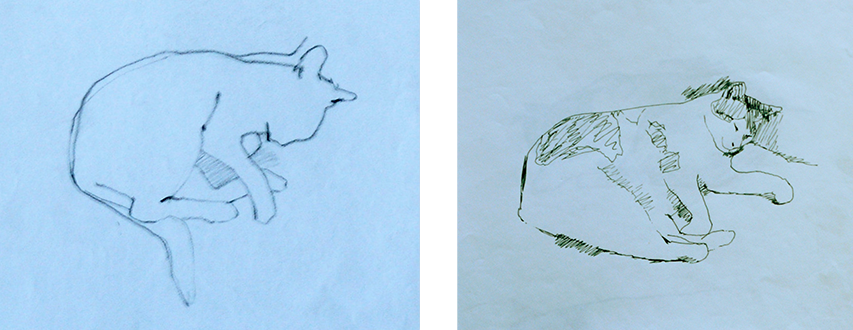
Cats doing what they do best: Creating eye-catching patterns of curvatures, and softening hearts, while lazing around
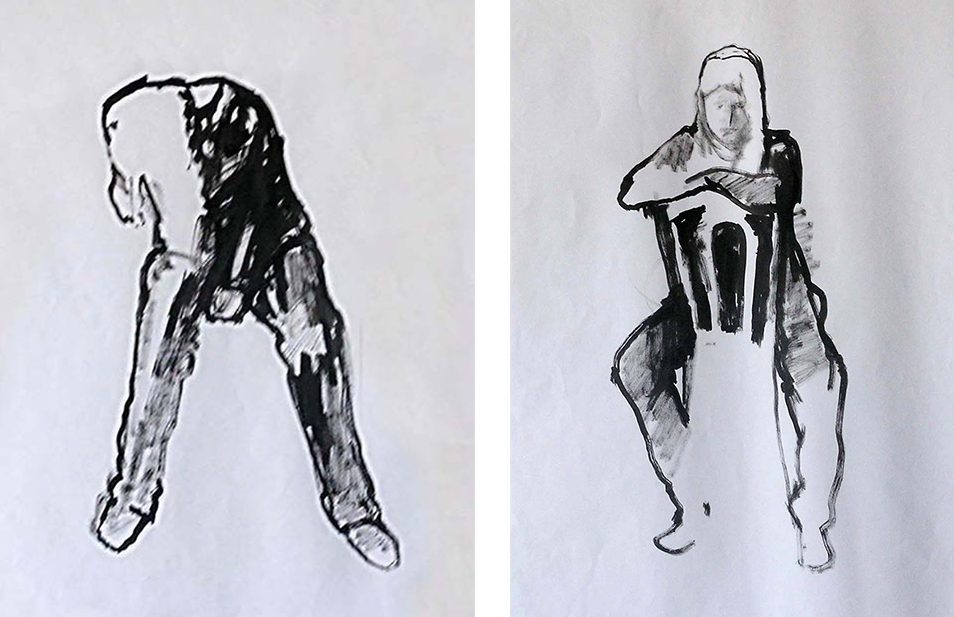
Catching the energy of unplanned body positions that cannot be trusted to last more than a few seconds
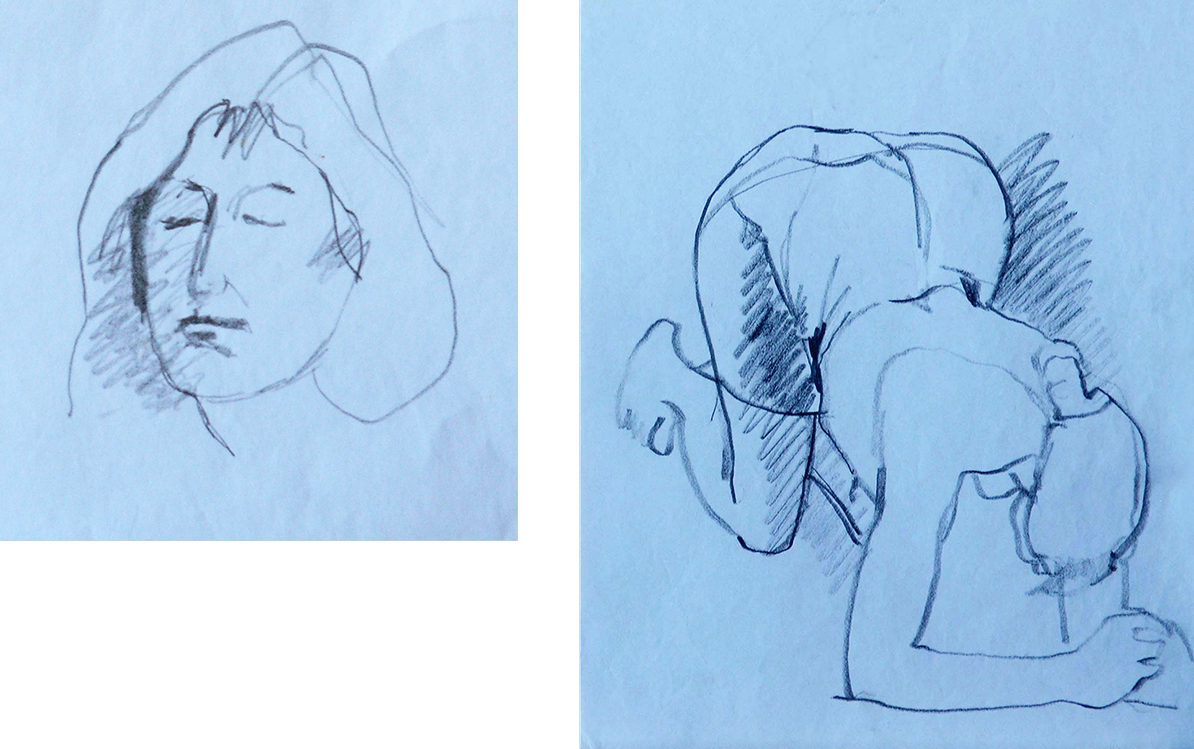
How simple lines can catch a fleeting expression or a chance pose that unexpectedly catches the eye
![]()
INTRODUCTORY
VOLUME ONE : “DRAWING ON BOTH SIDES OF THE BRAIN”
BOOK 1 : “DRAWING WITH FEELING”
The chapters so far loaded:
- Introduction to BOOK 1 : “Drawing with Feeling”
- Chapter 1: Accuracy versus expression
- Chapter 2: Traditional artistic practices
- Chapter 3: Modernist ideas that fed into new teaching methods
- Chapter 4: the sketch and explaining the feel-system
- Chapter 5: Negative spaces
- Chapter 6: Contour drawing
- Chapter 7: Copying Photographs
- Chapter 8: Movement, speed & memory
- Chapter 9: The drawing lesson – preparation
BOOK 2 : “DRAWING WITH KNOWLEDGE”
The chapters so far loaded:
- Chapter 13 : Introduction to “Drawing with Knowledge”
- Chapter 14 : Linear Perspective
- Chapter 15 : Some core ideas
- Chapter 16 : Eye-line problems
- Chapter 17 : Head movement opportunities
- Chapter 18 : Axes of symmetry
- Chapter 19: Anatomy reviewed
- Chapter 20 : Structural basics
- Chapter 21 : Deformations – muscles, fat, clothes
Go to top of page
Go to list of all other contents
i
A bridge to creativity
The bridge
The main body of my two part volume on “Drawing” is now complete. What is now required is a bridge to the volumes on “Painting”. This is provided by returning to the subject of “accuracy” as a catalyst to “creativity“.
It is common to find artists and teachers that scorn accuracy. These point out point out that all truly accurate drawings would be the same, no matter which artist produced them and that this would be the antithesis of creativity. But nowhere in any of my books is this use of accuracy recommended. What they do recommend is its use as a tool for both ‘looking‘ and ‘feeling‘ in new ways.
The efficacy of the ‘looking‘ part is easier to explain, for the search for accuracy gives us every chance of expanding awareness. This must be the case for it requires us to adopt strategies that reveal aspects of appearance that we normally overlook.
In “Drawing with Feeling“, the first BOOK in this volume, the focus is on two inextricably linked approaches to seeking accuracy:
- The analysis of relativities of size, length, orientation, curvature, position on page, etc..
- The use of comparative looking to as a means of avoiding the many traps that the processes of visual perception have laid in our way.
Due to the fallibility of human judgement, neither of these can actually achieve total accuracy. But that is beside the point. It does not matter how inaccurate the result, the process of seeking it will have revealed new aspects of appearances and provide opportunities for finding out more about ourselves.
In “Drawing with knowledge“, the second BOOK in this volume, the emphasis is on using linear perspective and anatomy, not as rules for construction images, but as ways of guiding looking strategies. In other words as tools that encourage new awarenesses.
In the next two books, “Painting with Light” and “Painting with Colour“, the emphasis is on how knowledge of light and colour-related phenomenon can help develop our sensitivity to colour in nature and extend and enrich our domains of exploration.
The idea that the accuracy aspiration might provide a bridge to the awakening of new feelings is harder to for some people to entertain. However it necessarily constitutes a voyage of discovery and, accordingly, provides a way of enriching the memory stores that link us to the feelings of a lifetime.
CHAPTER 22 – A BRIDGE TO CREATIVITY
Images to go with quotations
This chapter has a large number of quotations from artists, but no images accompanying them. I am therefore taking this opportunity to rectify this omission and add a few more quotations.
The first three come from artists that were working well before the arrival of the “Modernist Painters”, but who were significant precursors.
The emphasis is on ‘feeling’ and ‘memory’ and the implication that these is a connection between the two.
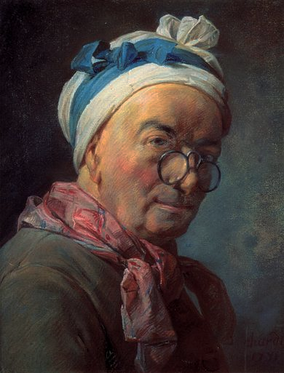
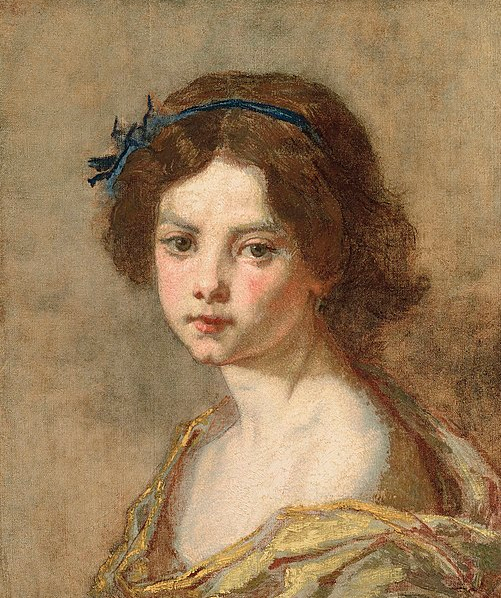
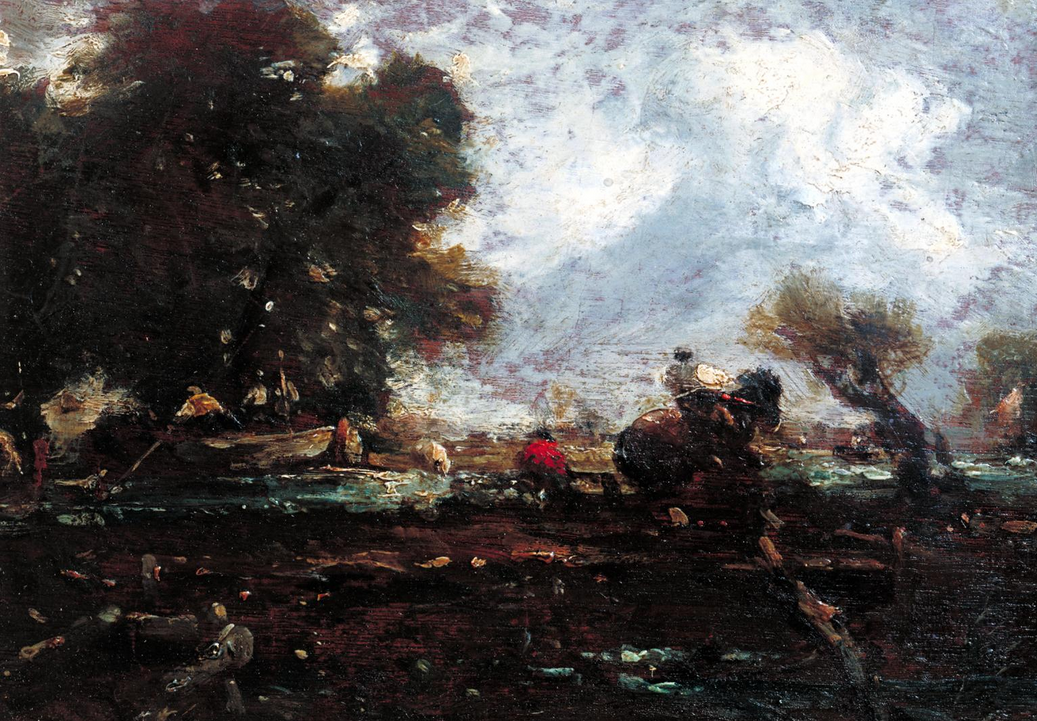

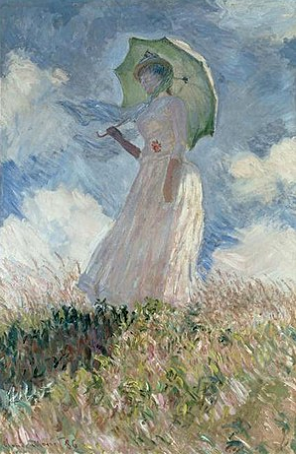
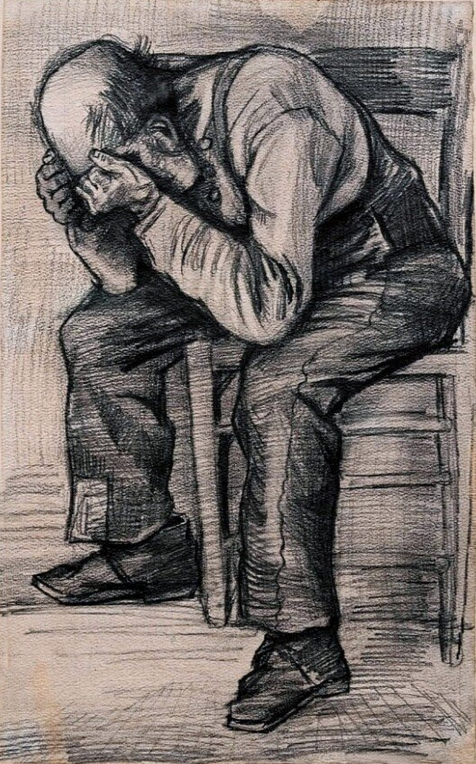
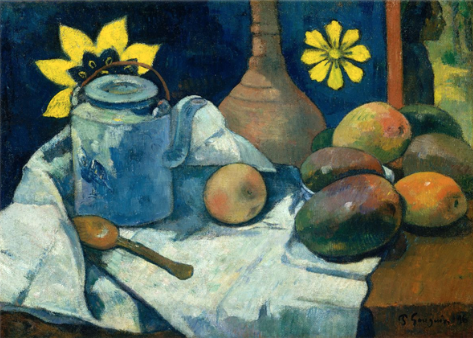
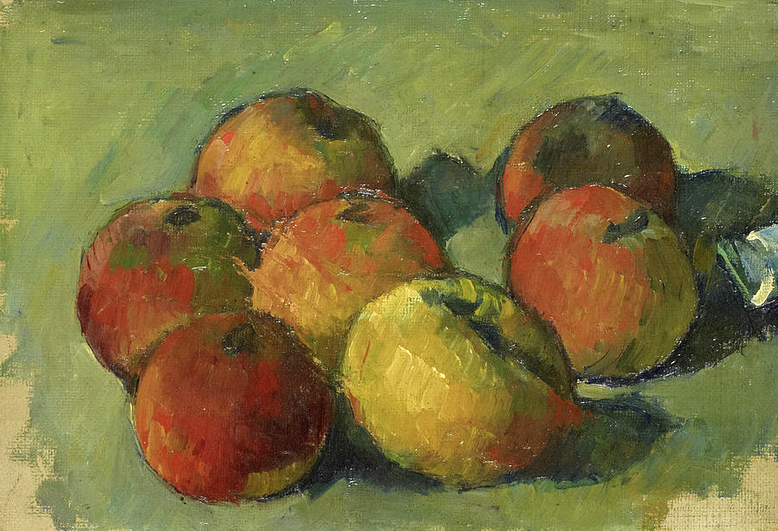
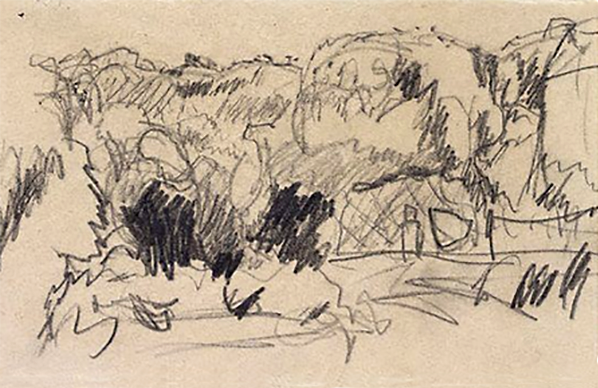
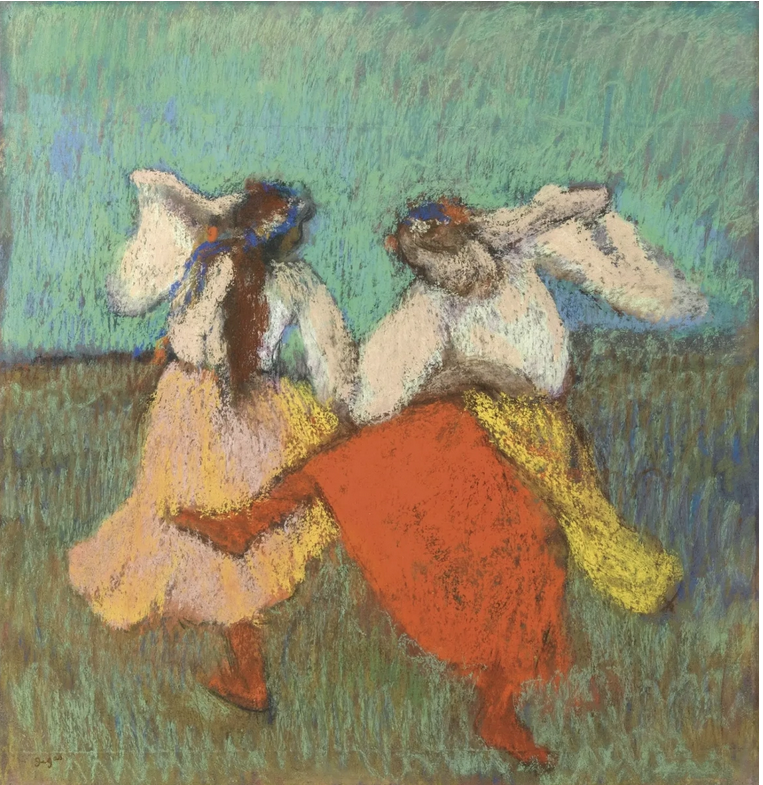
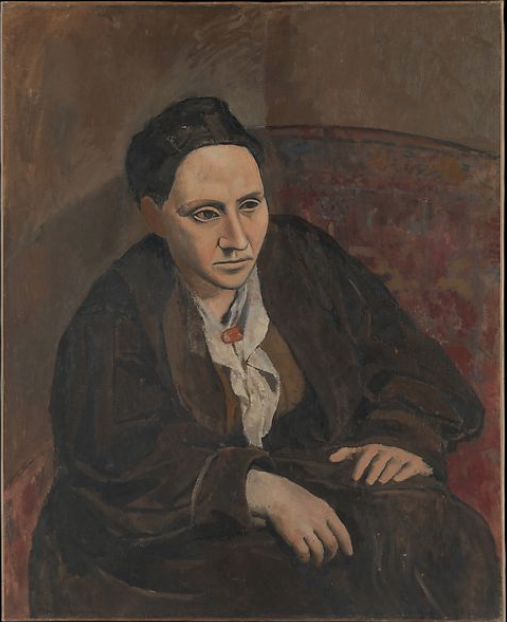
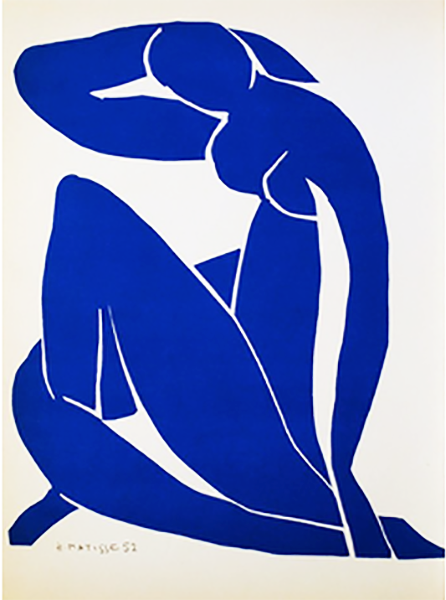
Link to list of all chapters
Return to top of the page
Learning from Michelangelo
Introductory
60 years ago, the day after I finished university studies in history, I started calling myself an artist. As I had had no training, my first step was to seek advice from those I thought ought to know how I should get started. I particularly remember Leslie Worth who lived across the road. He had become a friend of the family (his encouragement and ongoing support helped me in the early years of the Painting School of Montmiral) and, later, he was elected as President of the Royal Water Colour Society. Perhaps it is a reflection of the times that two of the bits advice that he and, as far as I could ascertain, everyone else gave were: “Learn to draw” and “copy the Old Masters“. Despite wondering why I should do this when my interest was in painting, I set about finding books, illustrated with drawings by Michelangelo (advised by everyone) and others. For a time I was quite obsessed, but never felt very happy with the outcomes and never fully convinced myself that I was not wasting my time on a side issue. In retrospect, I am glad I made the effort.
Recently, I was looking back over my life’s work as an artist and, buried in dusty folders in the attic, I found a trove of the drawings I had done all those long years ago. They didn’t seem as bad as I remembered. So, when I recently started writing introductions to the three chapters of my book dealing with human anatomy, for inclusion on this website, it occurred to me that I might share my experience. I did not dare to include my drawings in the introduction to the Chapter 21, along with the early efforts of real “masters”: Rodin, Degas, Toulouse-Lautrec and Matisse. But I wondered if my students and friends might like to see them. Accordingly, I have put a small selection of them, under the heading of “Miscellaneous“:
Learning from Michelangelo and others

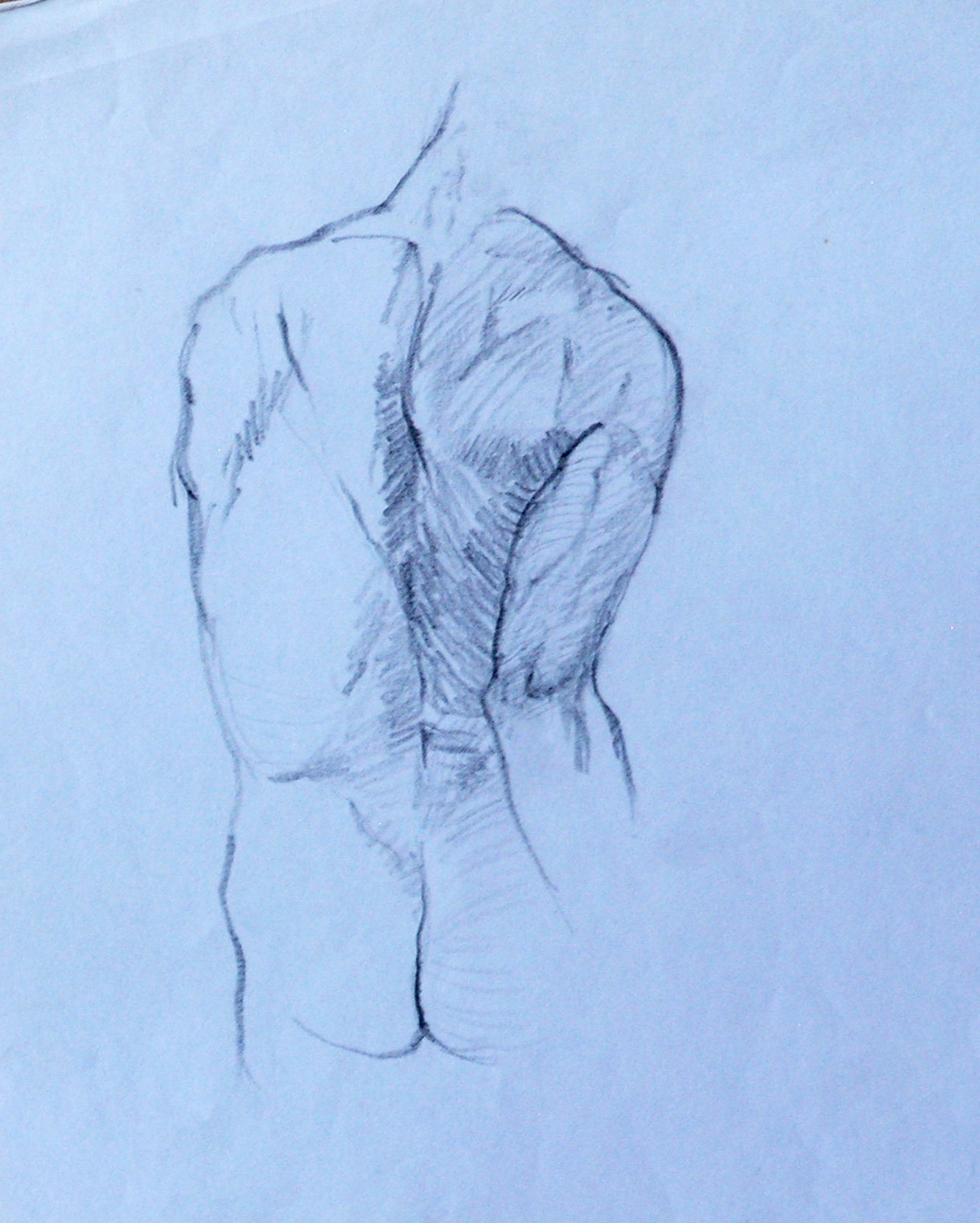
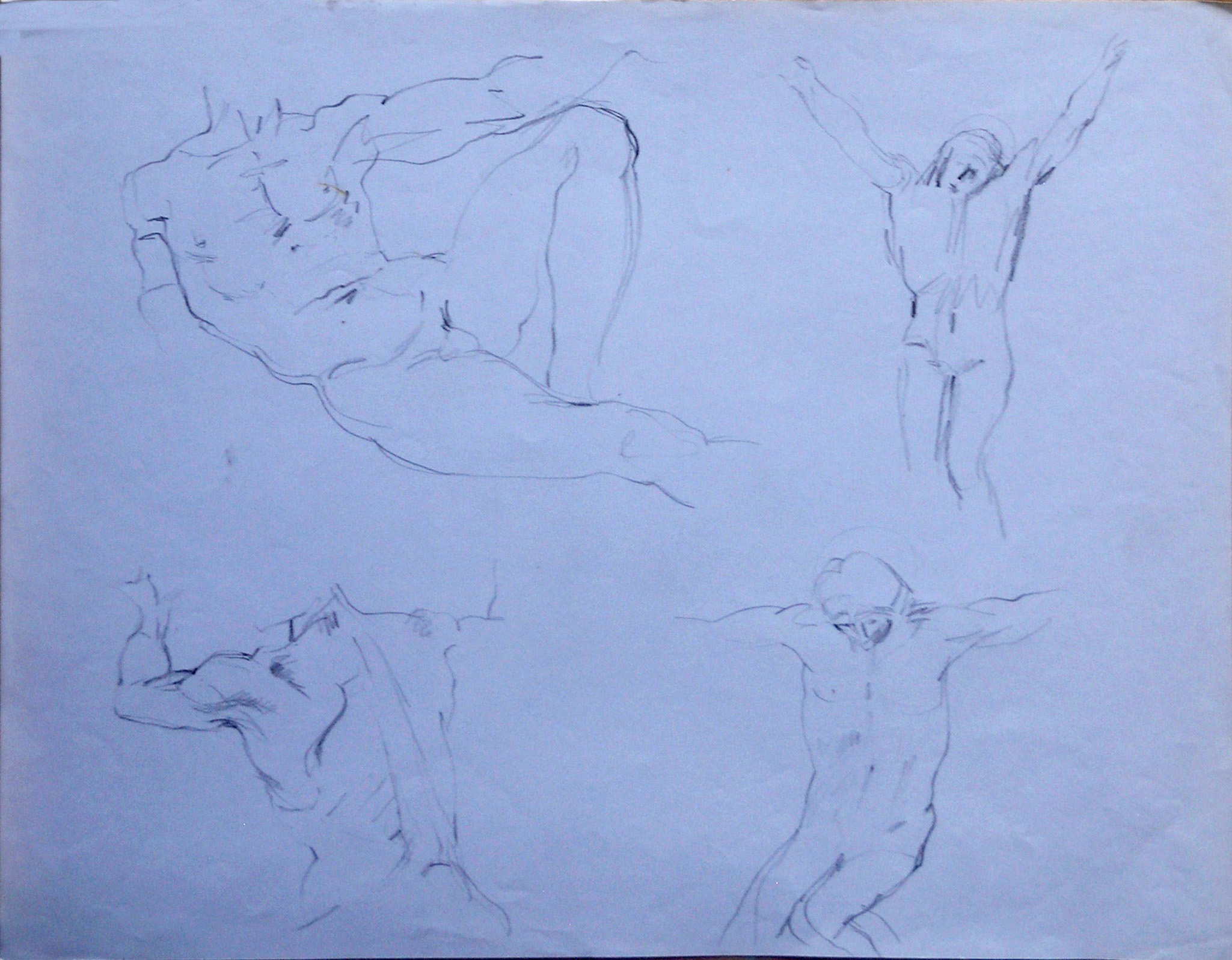
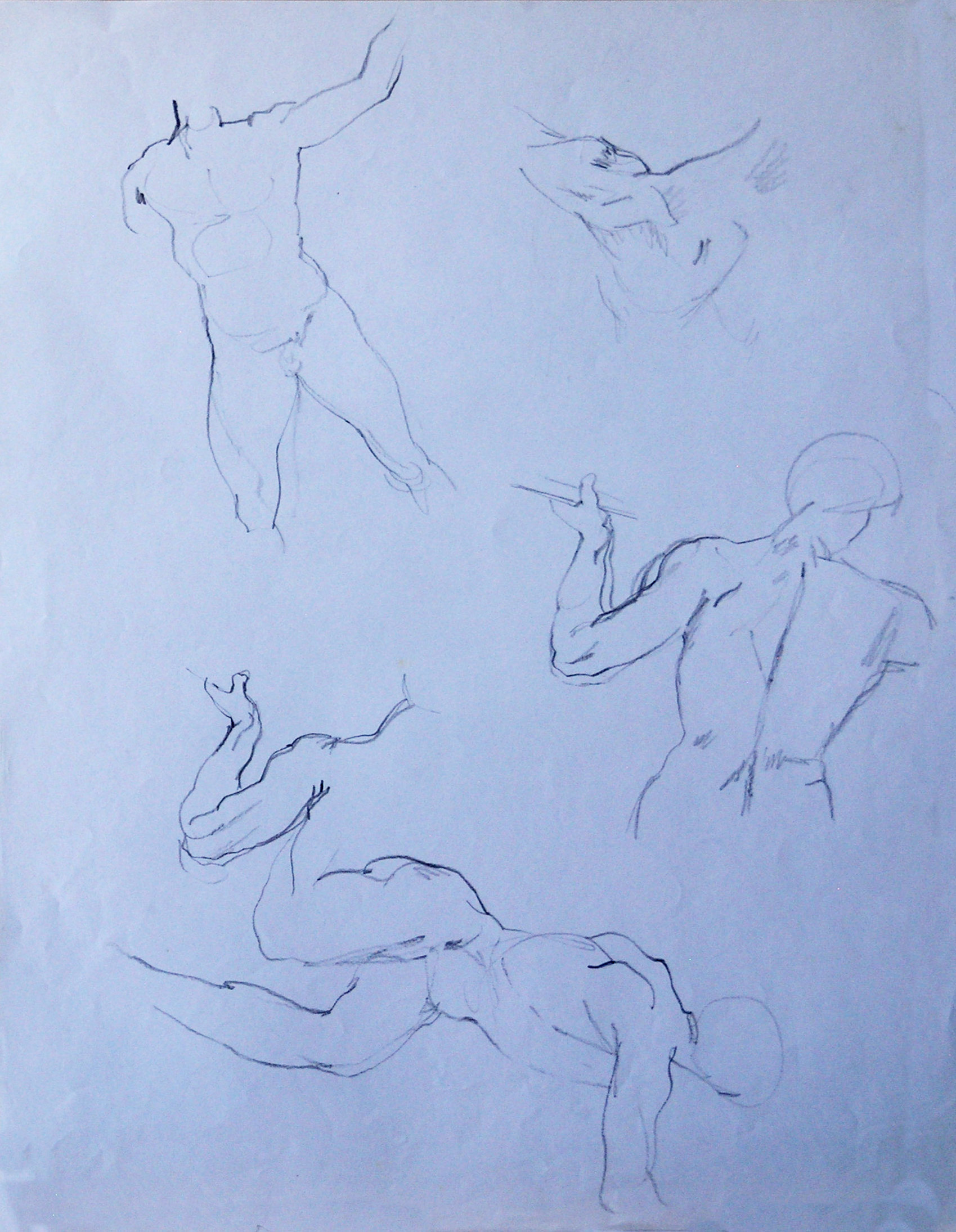
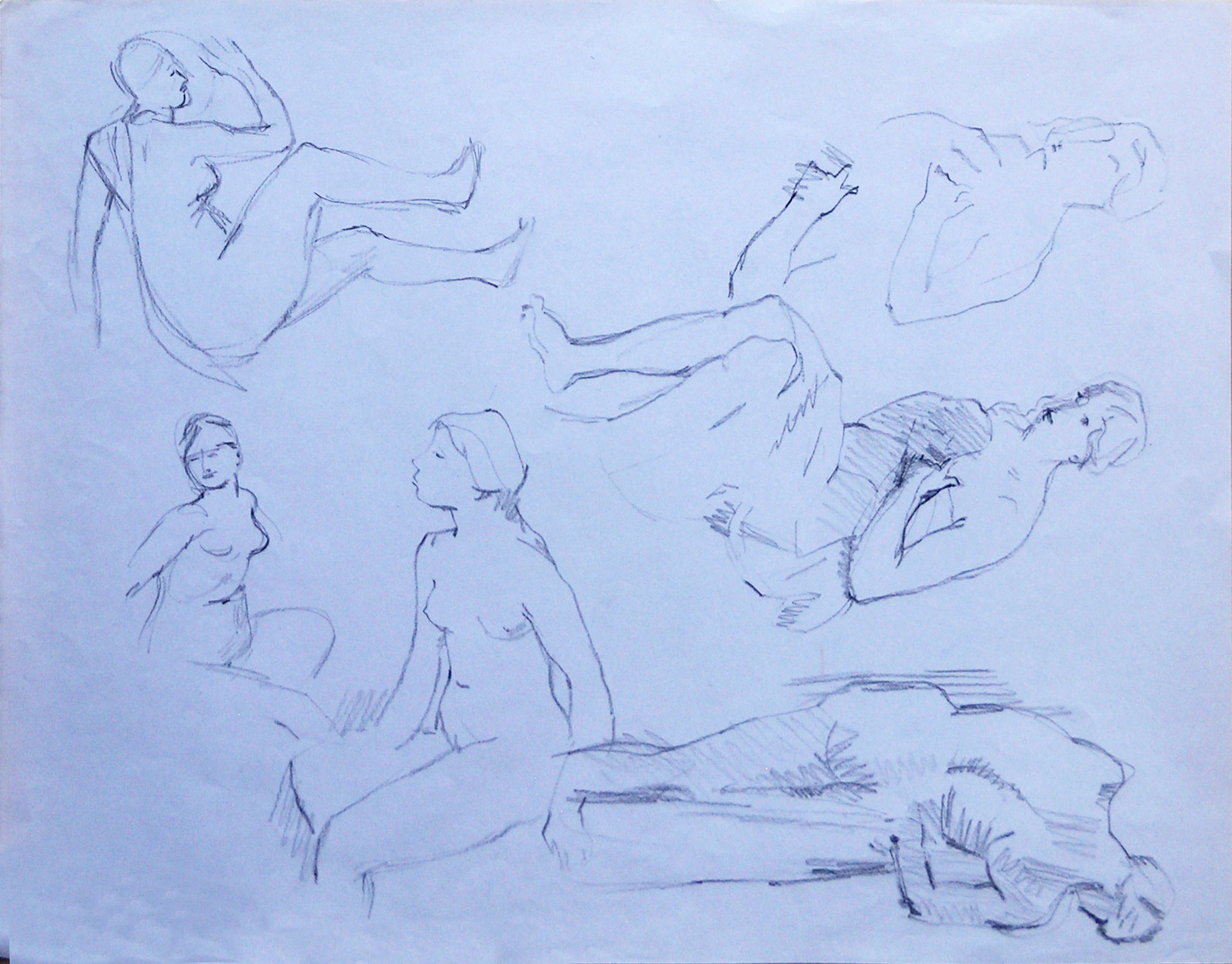
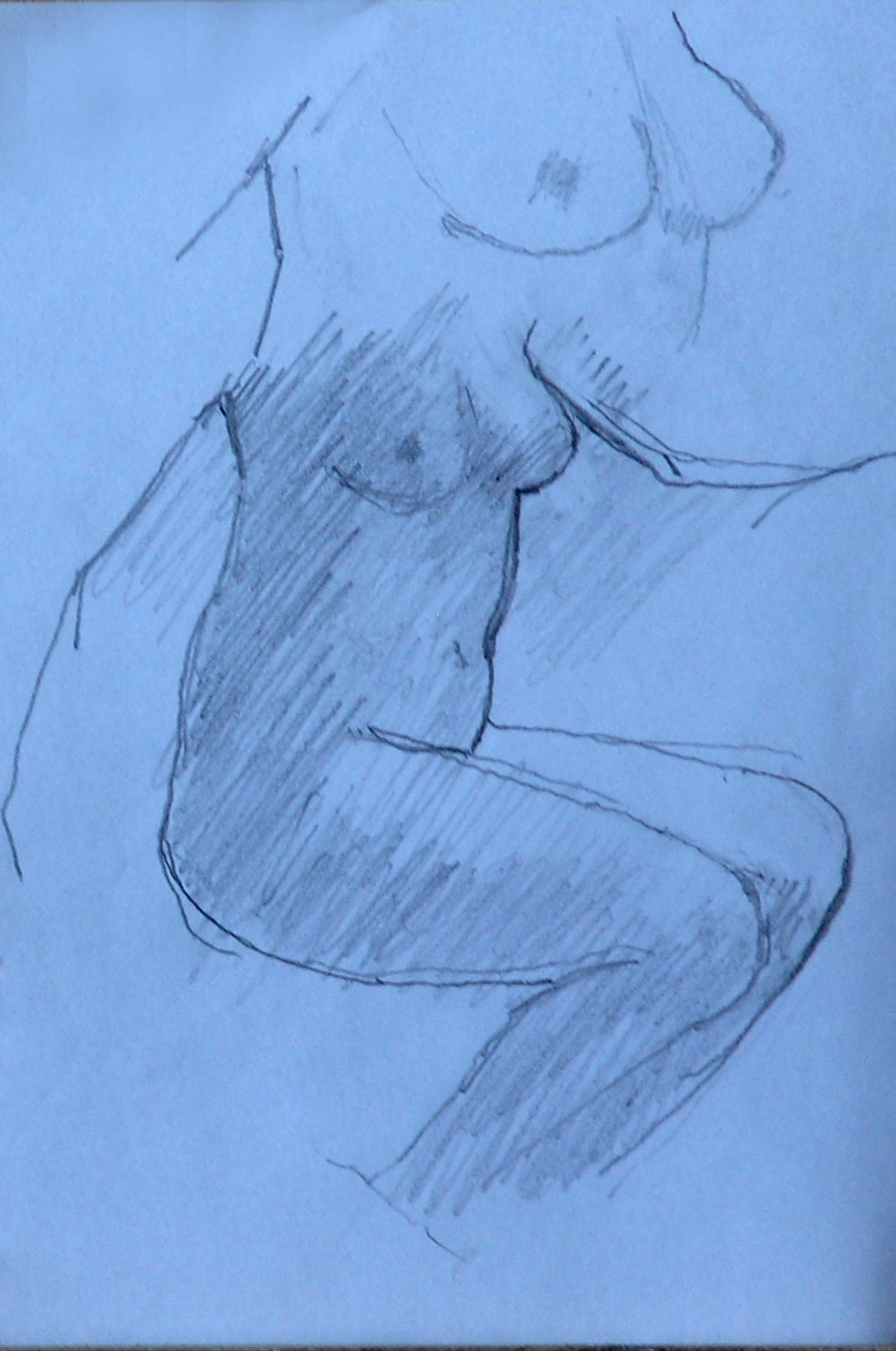
List of all chapters so far published
Back to top of Page
Muscles, fat and clothes
Chapter 21 of my BOOK “Drawing with Knowledge“, entitled “Deformations–muscles, fat and clothes“, is not finished. Many of the large number of images required for illustrating the issues discussed in the text have not been made. Producing them will require several photo sessions with appropriate models. In the past, I have been putting off confronting the complications this will entail, until the book is accepted for publication. Now I have decided to make use of this website edition of the book, to present a preliminary version of the chapter in its current uncompleted form. I am doing so because, even as it stands, the text is important as it goes beyond what you are likely to find in other writings on anatomy.
As its title indicates Chapter 21 discuses issues relating to surface appearances in ways that are routinely omitted in other texts on anatomy. These occur for a number of reasons and the way they influence appearances can be due to a number of causes:
- Differences due to the fact of individual variations in properties of muscles
- Differences due to the fact of individual variations in characteristics of subcutaneous fat
- Pressures on muscles and fat between different body parts
- Pressures on muscles and fat between body parts and external objects
- Effects of gravity on muscles and fat.
Chapter 21 also discusses issues arising when a model is wearing clothes. In particular,
- Identifying regions both where clothes touch the body and where they follow its form closely
- Establishing where clothes leave space between them and the body
- Discovering how the characteristics of materials and the forces of gravity effect appearances.
Clicking on the link below will access chapter 21 in its current form:
CHAPTER 21 – DEFORMATIONS-MUSCLES, FAT AND CLOTHES
When I have a more comprehensive collection of relevant images, I will be inserting a number of them below on this web page. Meanwhile, I thought you might enjoy the three images I have chosen and the questions that go with them.
- The first is a symphony of mark-making by Berthe Morisot
- The second is by the same artist. It illustrates how knowledge of anatomy can underpin a masterly and sensitive depiction of human body parts.
- The third shows one of my own paintings, in which my feelings for colour dynamics dominated, to the exclusion of any concern about anatomy. The question is asked whether this is a good thing or a bad thing.
Do we need knowledge of muscles or fat?
Here are two paintings by Berthe Morisot that answer this question differently: The first painting with a tentative “no“. The second of them with a resounding “yes“. It had to be, in view of the underlying knowledge of anatomy enshrined in the quality of observation evident in the depiction of the model’s arms. Quite up to the exemplary standard of Edgar Degas.
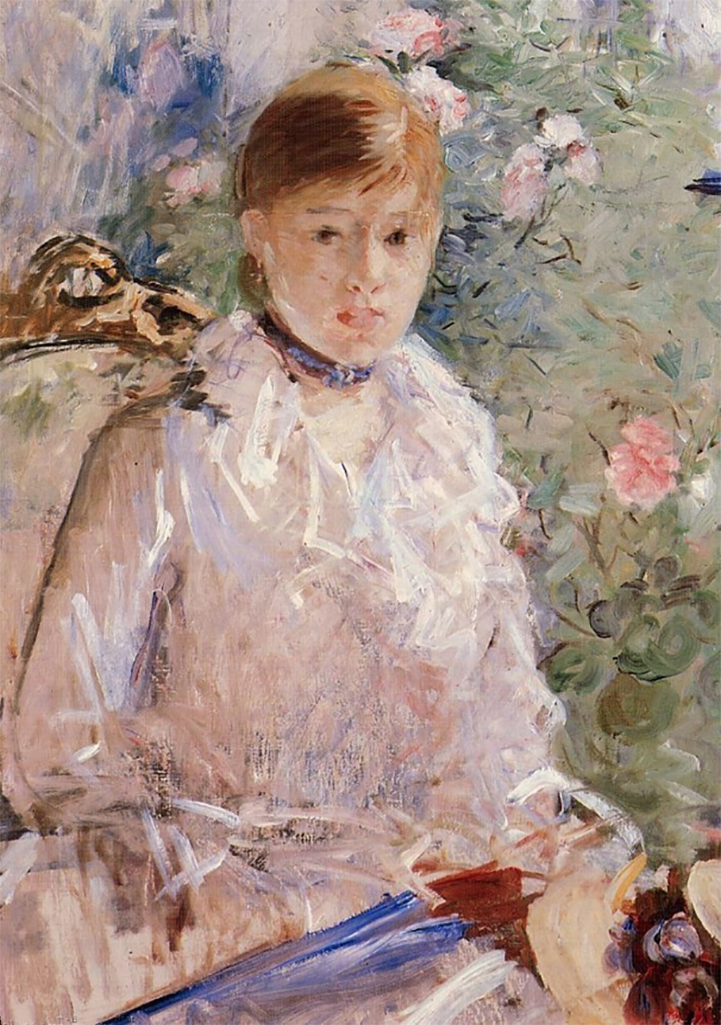
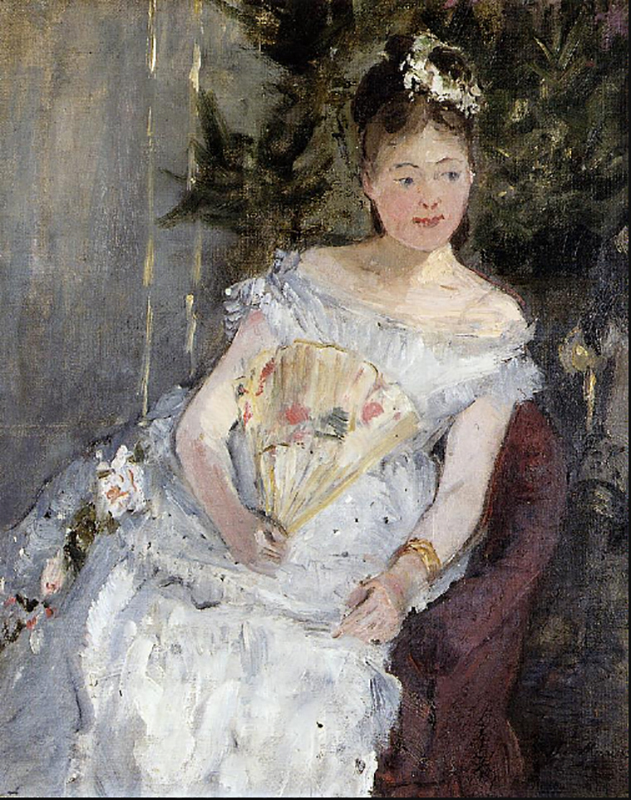
Can other priorities override need for accuracy?
In the painting below, done in 1965, in the class of Professor Bohusz-Szyszko, I was enjoying testing out my teacher’s assertion that “all the best paintings are based on colour“. As is clearly evident, anatomy took a back seat. The question is “Did this have a good or bad effect on the result?” My answer is indicated by the outcome, which was sufficiently was positive to encourage me to continue with making paintings in the same spirit.
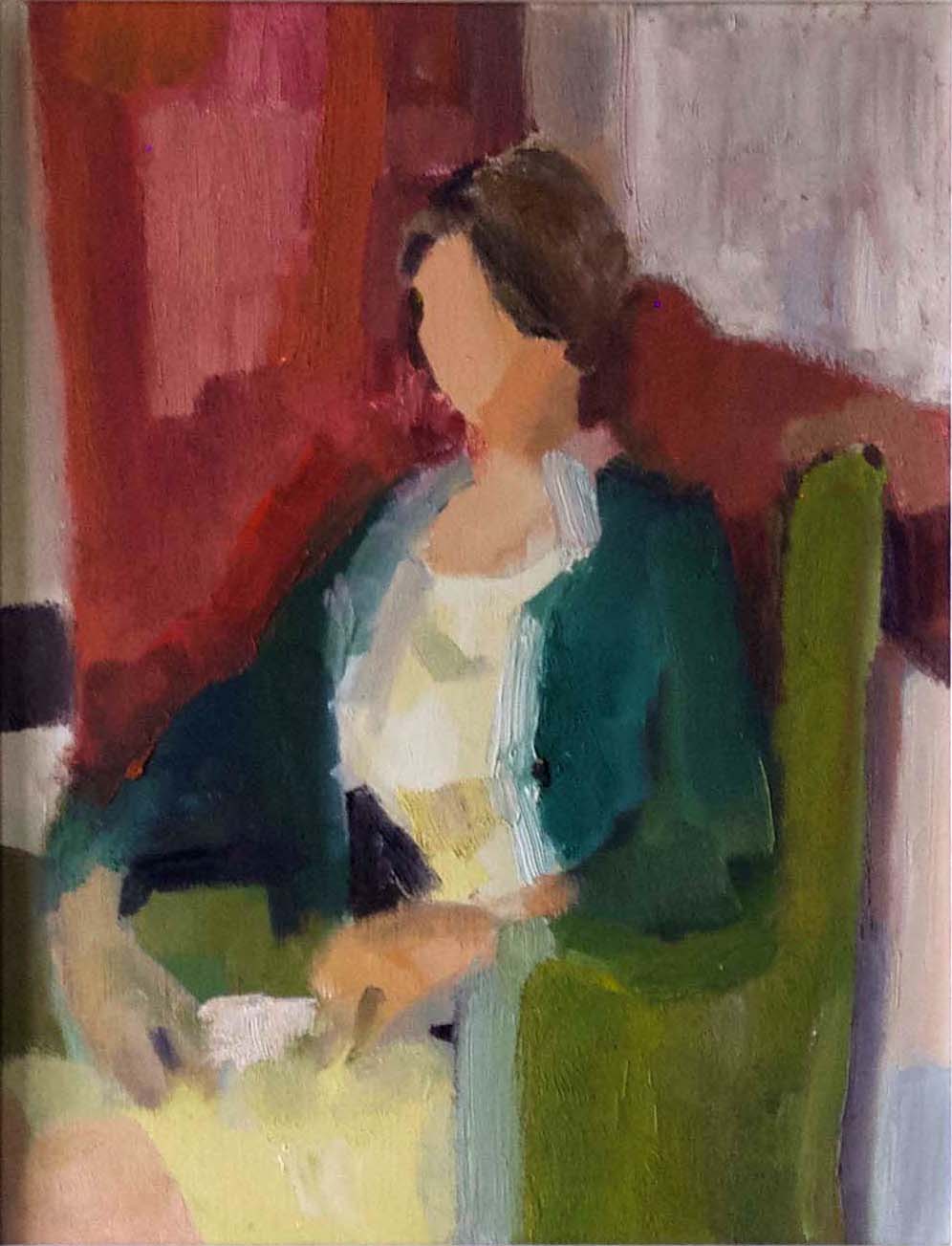
Three final questions
- Looking back at the top of the two Berthe Morisot paintings, do you think her priority was accuracy or expressing her feelings through the extraordinary range of mark-making dynamics she achieved, stretching from extreme delicacy to panache?
- Do you think that Professor Bohusz-Szyszko should have added “the feelings” to his claim that “all good painting is based on colour“? For myself, I might have found his dogmatic assertion easier to accept unreservedly, if it had been extended to be, “All good painting is based on both colour and feeling, as expressed through the dynamics of the combination of colour and mark-making“? Of course, the definition of “mark-making” would have to include the deliberate suppression of marks.
- What do you think is left out of the above?
Some quotations emphasising the centrality of the feelings:
Jean-Baptiste Siméon Chardin: “Did you say that one paints with colours? Not at all, one merely uses colours. One paints with feeling”.
John Constable: “Painting is just another word for feeling”.
Jean-Baptise Camille Corot (teacher of Berthe Morisot): “Never lose the first impression that moved us“.
Claude Monet: “Impressionism is nothing but immediate sensation. All the great painters were more or less Impressionists”.
Paul Gauguin: “My simple object, which I take from daily life or nature, is merely a pretext. It helps me, by means of a definite arrangement of lines and colours, to create symphonies or harmonies with them”.
Paul Cézanne: “painting is classifying one’s sensations of colour.”
Pierre Bonnard: “you can take any liberty with line, with form, with proportions, with colours, in order that the feeling is intelligible”.
Henri Matisse: “Colours and lines are forces and the secret of creation lies in the play and balance of these forces”.
List of chapters on drawing published so far
INTRODUCTORY TO ALL BOOKS
VOLUME ONE : “DRAWING ON BOTH SIDES OF THE BRAIN”
BOOK 1 : “DRAWING WITH FEELING”
The chapters so far loaded:
- Introduction to book 1 of “Drawing with Feeling”
- Chapter 1: Accuracy versus expression
- Chapter 2: Traditional artistic practices
- Chapter 3: Modernist ideas that fed into new teaching methods
- Chapter 4: the sketch and explaining the feel-system
- Chapter 5: Negative spaces
- Chapter 6: Contour drawing
- Chapter 7: Copying Photographs
- Chapter 8: Movement, speed & memory
- Chapter 9: The drawing lesson- preparation
BOOK 2 : “DRAWING WITH KNOWLEDGE”
The chapters so far loaded:
- Chapter 13 : Introduction to “Drawing with Knowledge”
- Chapter 14 : Linear Perspective
- Chapter 15 : Some core ideas
- Chapter 16 : Eye-line problems
- Chapter 17 : Head movement opportunities
- Chapter 18 : Axes of symmetry
- Chapter 19: Anatomy reviewed
- Chapter 20 : Structural basics
- Chapter 21 : Muscles, fat and clothes.
OTHER POSTS ON DRAWING:
- An inspirational 19th century teacher and his widespread influence on Modernism in drawing and painting
- The surprising eye, in diagrams
Full list of Posts in all categories
Return to the top of the page
Structural basics
The need for knowledge of structural basics
Is there any real need for us to spend time learning about structural basics of anatomy? What is the point of cluttering our brains with information and rules about bone and muscle structures of the human body? In Chapter 20 (link below), I give my answer to this question. This can be compared with what I have to say about the rules for drawing objects from observation, which are presented in BOOK 1, chapter 11. These are designed to help analysis of a life class model by alerting attention to examples of the following features of appearance (examples indicated by arrows):
- How the parts fit together (blue arrows)
- In front/behind relations (white arrows)
- Subtle changes of direction along the length of any selected section of contour (green arrows)
- Comparisons between near symmetries, such as between the shape of the two shoulders or between the two eyes.
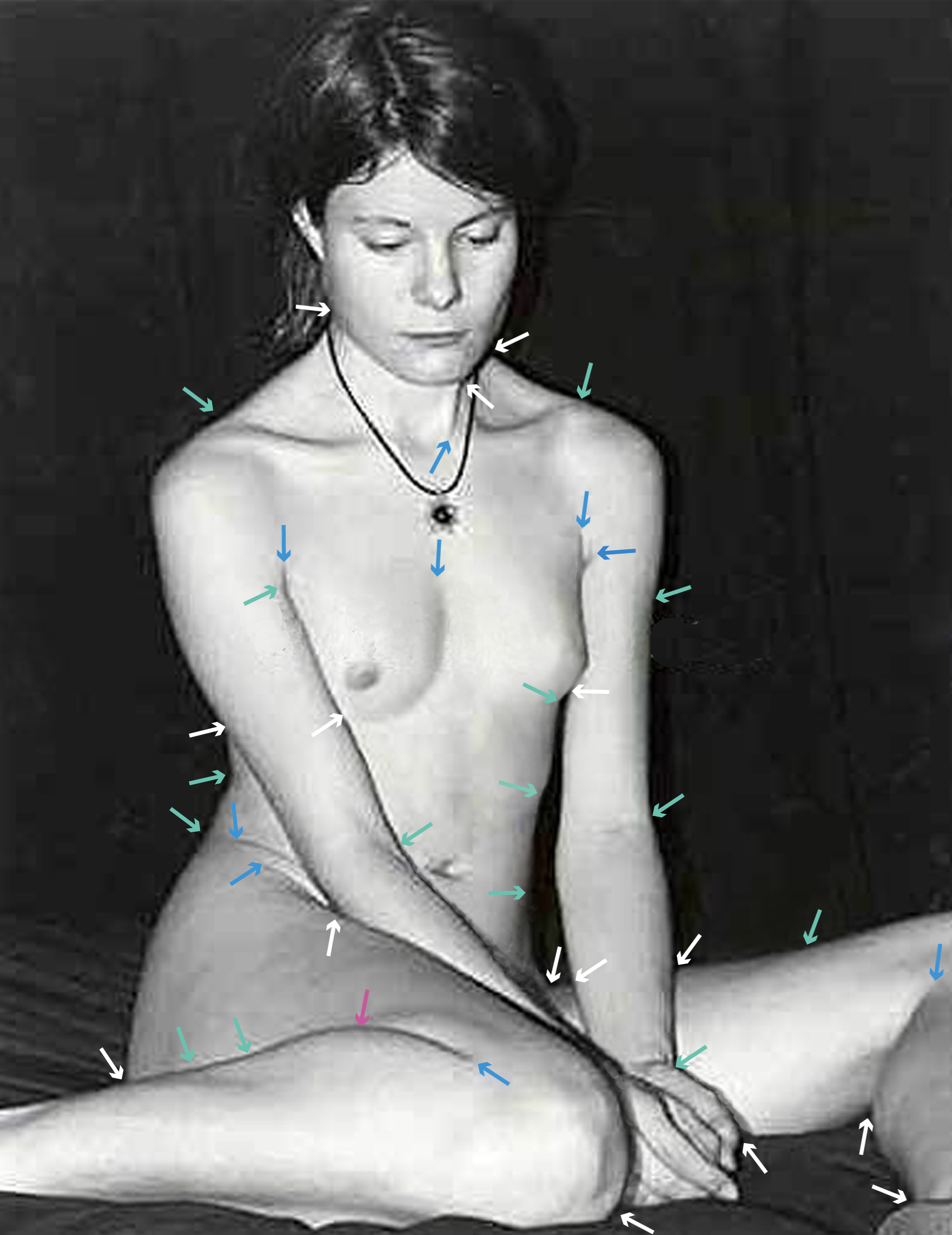
Notice that all the same rules were applied to the analysis of the tree trunk featured in the drawing lesson in Chapter 10, or, indeed, could be applied to any other subject matter, as long as they have in front/behind relations and/or junctions between parts and/or contours containing curves (whether simple or complex). In Chapter 10, much use is made of the surroundings of the tree. In other words, the context provided by the the mown grass, the esplanade wall and the roof, gutter and windows of the house beyond it. There is a fundamental difference between these and the rules of human anatomy. Whereas my list of rules can be applied to any object-type, from any viewpoint and in any context, the rules of human anatomy relate to common features of specific object-types, seen in a limited number of poses, from limited number viewpoints.
How then could knowledge of anatomy improve your drawing of the model in Figure 1, or any other human model? As indicated above, the purpose of Chapter 20 of my book “Drawing with knowledge” (see link below) is to find answers to this question.
One of the answers is made clear by asking another question. Would knowledge of anatomy make any difference to the way you would depict the subtlety of curvatures along the length of any selected section of contour or make clear how parts fit together in your drawing? When I founded the Painting School of Montmiral over thirty years ago, my answer might well have been a guarded “no“. Today it is a guarded “yes“. I now realise how an awareness of which muscles are intertwining with which other muscles gives an added focus to our analysis of complex curvatures. I am also convinced that a better understanding of underlying structure can beneficially influence our search for visible signs of how parts fit together.
Nor is it only when drawing the human figure that knowledge of underlying structure can sharpen analysis when drawing from observation. It also helps when depicting the trunks and branches and leaves of trees. Indeed, it can make significant improvements in the depiction of all objects whose contours are made up of complex curves or characteristic ways of fitting together. What has slightly surprised me is the positive difference it makes to the quality of the drawings that result.
In the chapter you will find :
- Simple diagrams that direct attention to basic “structural features”
- Suggestions as to how to avoid common errors due to not making use of the context provided by other features
- Reminders as
- to how the “constancies of visual perception” can get in the way of the best of intentions.
After the link, I have included images of drawings made by four of the most innovative and adventurous artists among the Early Modernist Painters. It would seem that the deep knowledge of anatomy, so clearly evidenced in them, did no harm at all to their expressive energy. The poster by Henri de Toulouse-Lautrec that precedes them and the images by Rodin, Degas and Matisse in the Post for Chapter 18 provide evidence for this.
CHAPTER 20 – STRUCTURE – BONES AND MUSCLES
The poster
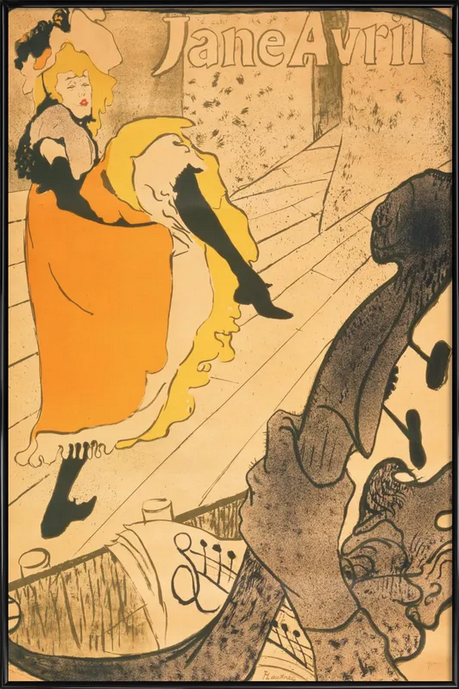
Drawings by artists who started by learning about structural basics
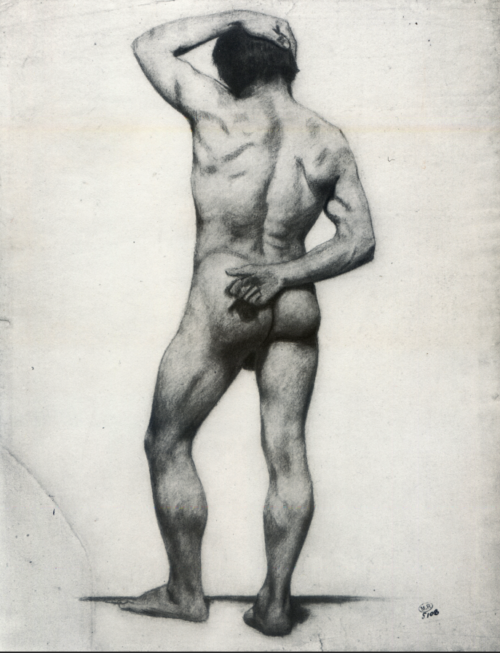
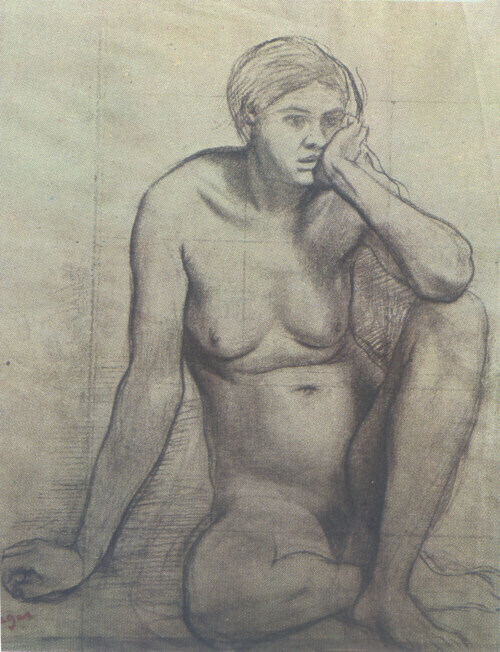
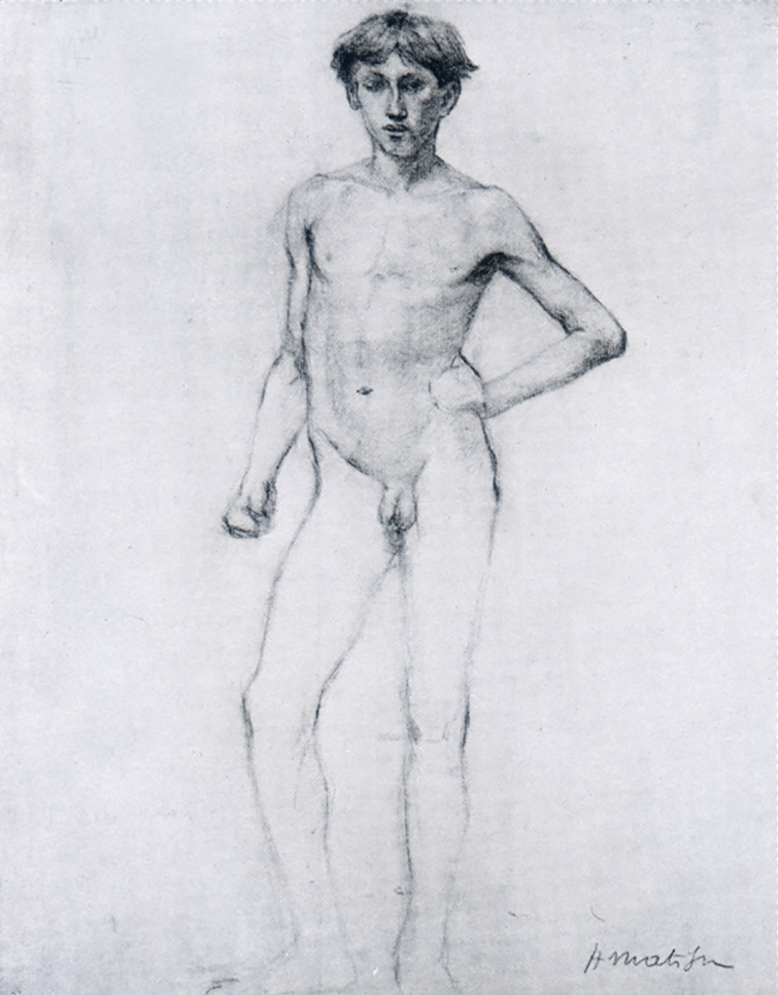
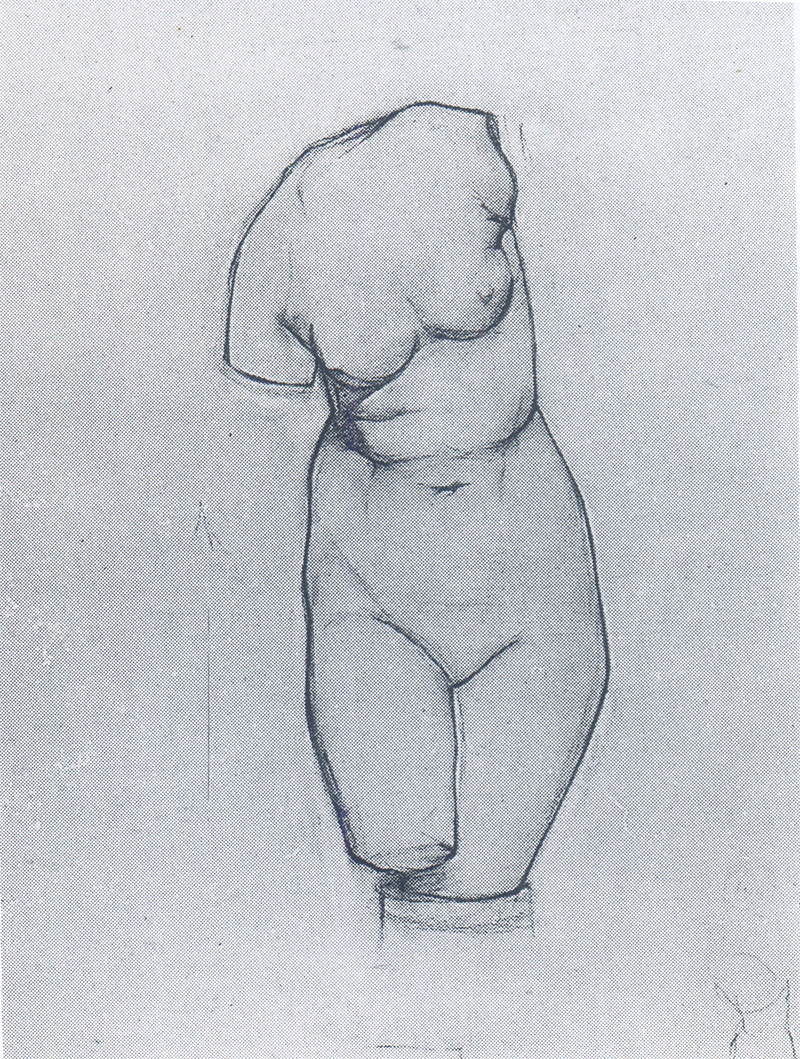
*The red arrow in Figure 1 signifies a need for more than one arrow type.
Earlier chapters on the uses and abuses of knowledge:
BOOK 2 : “DRAWING WITH KNOWLEDGE”
The chapters so far loaded:
- Chapter 13 : Introduction to “Drawing with Knowledge”
- Chapter 14 : Linear Perspective
- Chapter 15 : Some core ideas
- Chapter 16 : Eye-line problems
- Chapter 17 : Head movement opportunities
- Chapter 18 : Anatomy reviewed
- Chapter 19 : Anatomy, a historical context
- Chapter 20 : structural features
- Chapter 21 : Deformations-muscles, fat, clothes
OTHER POSTS ON DRAWING:
- An inspirational 19th century teacher and his widespread influence on Modernism in drawing and painting
- The surprising eye
Full list of Posts in all categories
Return to the top of the page
Anatomy reviewed
Anatomy as a guide to looking
The study of anatomy was for hundreds of years considered as an essential part of a serious artist’s education. In the twentieth century its importance waned. Nowadays, with art school teachers showing less interest in depicting nude models, it has long disappeared from the curriculum of many art schools. However, non-vocational life-drawing classes seem to be as popular as ever.
In my book, I treat anatomy, not as a means of constructing images, but for other purposes: First as a guide for looking, second, as a means of training the memory and, third, as a consequence of the other two, as a method of enhancing the speed, accuracy and expressive potential of information pick-up skills.
Below are three images by Auguste Rodin. Significantly, he was a pupil and lifelong devotee of the influential 19th century teacher Horace Lecoq de Boisbaudran, who developed a rigorous method for training the memory. His aim, like mine, was to help his students to liberate their personal creativity from the straitjacket of slavish copying. He strongly believed in the liberating potential of a deep knowledge of anatomy. He realised that, when you analyse appearances, the more you have an idea, not only of what to look for but also of what your existing knowledge expects to find, the better equipped to discover their uniqueness. It provides us with the opportunity to make same/difference judgments between our expectations and the uniqueness of what we actually find. In other words, it offers a method that enables us both to use our knowledge to go beyond our knowledge into the unknown and, when we arrive, to have a good chance of expanding our awareness fruitfully.
CHAPTER 19 – ANATOMY: A HISTORICAL CONTEXT
Images by two artists with an arguably unsurpassed knowledge of human anatomy
I have chosen these two artists because there is good reason to believe that both benefited from the ideas of Horace Lecoq de Boisbaudran. Rodin was a student of his in the middle of the 19th century and , at the beginning of the 20th century, forcefully acknowledged his own lifelong debt to his teaching. Degas was a great friend of Alphonse Legros, who was known as Lecoq Boisbaudran’s star student and who was well known to be a proselytizer of his ideas. It seems to be no coincidence that the best statement I know of Lecoq Boisbaudran’s philosophy is the following quotation from by Degas:
“It is all very well to copy what you see; it is much better to draw what you only see in memory. There is a transformation during which the imagination works in conjunction with the memory. You only put down what made an impression on you, that is to say the essential. Then your memory and your invention are freed from the dominating influence of nature. That is why pictures made by a man with a trained memory, who knows thoroughly both the masters and his own craft, are almost always remarkable works; for instance Eugène Delacroix.”
The emphasis on the need for a “trained memory” and a thorough knowledge of the artist’s “craft” reflects the core idea that meaningful “freedom of expression” only comes to those who have experienced rigorous methods of finding out what you are looking at, such as those proposed by Horace Lecoq de Boisbaudran. Degas would surely have argued that the expressive freedom shown in the drawings below owed much to the his own and Rodin’s deep and hard won knowledge of human anatomy.
Auguste Rodin
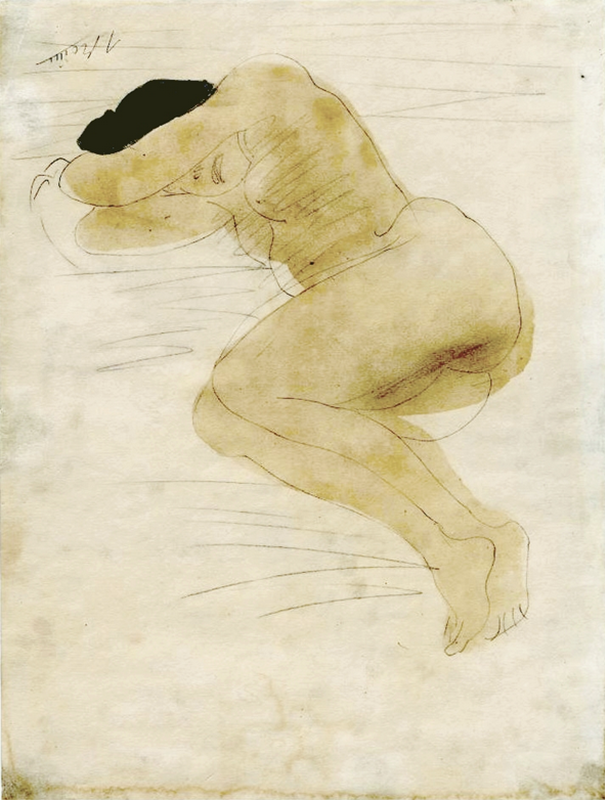
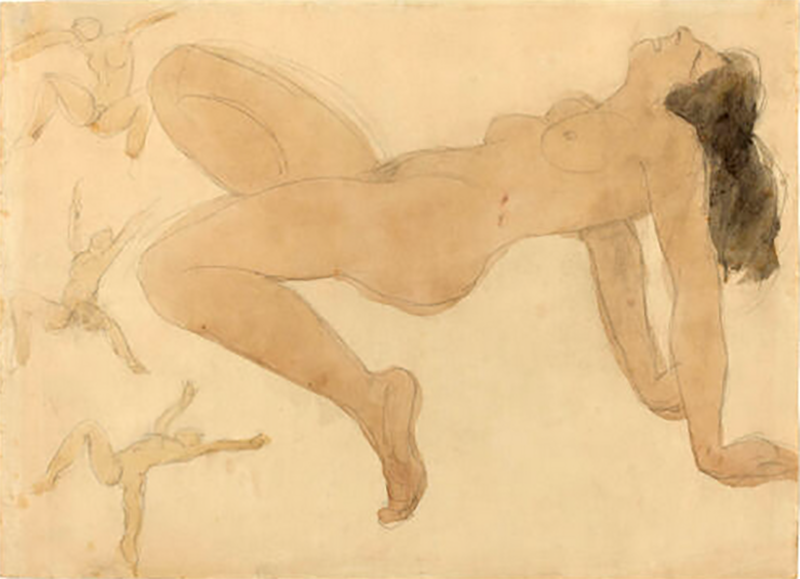
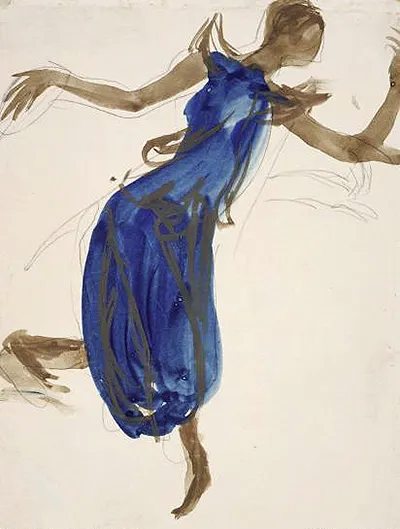
Edgar Degas
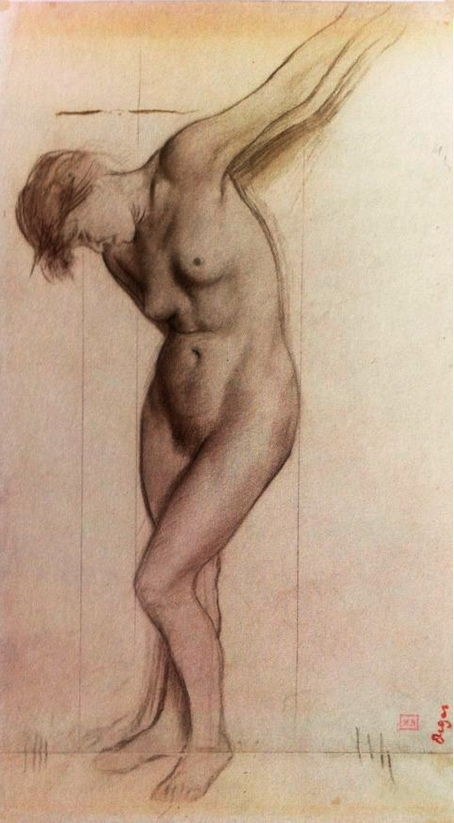
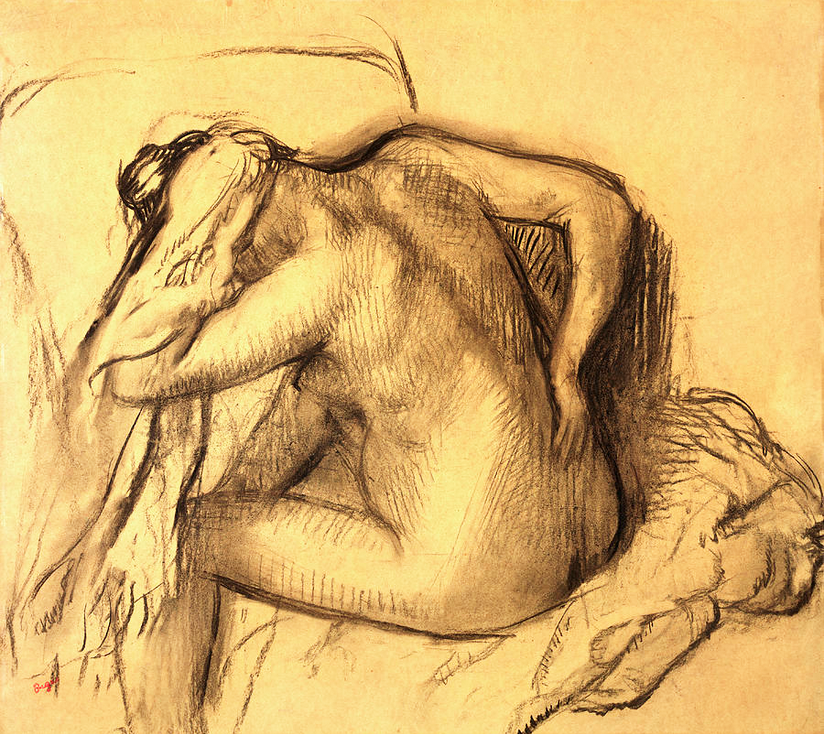
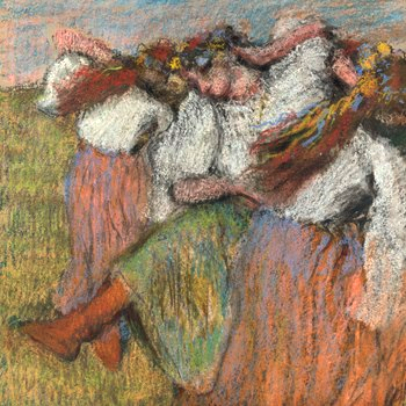
Chapters so far published from
Book 1 and Book 2 of “Drawing on Both Sides of the Brain” (Volume 1 of the series of four volumes)
BOOK 1 : “DRAWING WITH FEELING”
Chapters so far loaded:
- Introduction to book 1 of “Drawing with Feeling”
- Chapter 1: Accuracy versus expression
- Chapter 2: Traditional artistic practices
- Chapter 3: Modernist ideas that fed into new teaching methods
- Chapter 4: the sketch and explaining the feel-system
- Chapter 5: Negative spaces
- Chapter 6: Contour drawing
- Chapter 7: Copying Photographs
- Chapter 8: Movement, speed & memory
- Chapter 9: The drawing lesson- preparation
BOOK 2 : “DRAWING WITH KNOWLEDGE”
Chapters so far loaded:
- Chapter 13 : Introduction to “Drawing with Knowledge”
- Chapter 14 : Linear Perspective
- Chapter 15 : Some core ideas
- Chapter 16 : Eye-line problems
- Chapter 17 : Head movement opportunities
- Chapter 18 : Anatomy reviewed
Full list of Posts in all categories
Back to the top of the page
Head movement opportunities
How head movement can help accuracy in drawings from observation
All the books correctly say that, when using the perspective frame and other traditional devices for obtaining accuracy in drawings from observation, head movement must be avoided at all costs. Teachers also warn students, who are trying to obtain accuracy when drawing from observation, that any movements of the head can substantially change both internal and external relationships in the scene they are depicting. Although what they say is true, their warning glosses over the fact that such movements can be a powerful tool for homing in on accuracy. The purpose of this Post is to provide the link below to “Chapter 17 – Head movement“, which explains why. Below that link I have included a slightly edited version of the Introductory to that chapter.
CHAPTER 17 – HEAD MOVEMENT
Introductory
Having learnt to find the eye-line, we are ready to make further use of the analogy of the opening window. The purpose of the next two chapters is to become better acquainted with some of the many anomalies of visual perception that regularly plague attempts at accurate drawing from observation. In this way we will learn to become more sensitive to aspects of appearances that we might otherwise overlook. Three particularly pervasive sources of anomalies are:
- Turning the head (whether from side to side or up and down)
- The imposition of axes of symmetry by our visual systems.
- The constancies of size and shape.
This chapter and the one that follows give examples of each of these, which will appear under three headings: “head movement”, “axes of symmetry” and “the constancies”. Although for explanatory purposes, it is convenient to treat them
separately, we find that any combination of the three can be affecting our perception at the same time. We start with this chapter on “head movement”
Images illustrating head movement
The three images below show three different views of long boundary the wall of the esplanade. They provide a bit of realism to line drawings found in Figures 1a, 1b, 1c & 1d in the Chapter 17, to which this Post is inked.
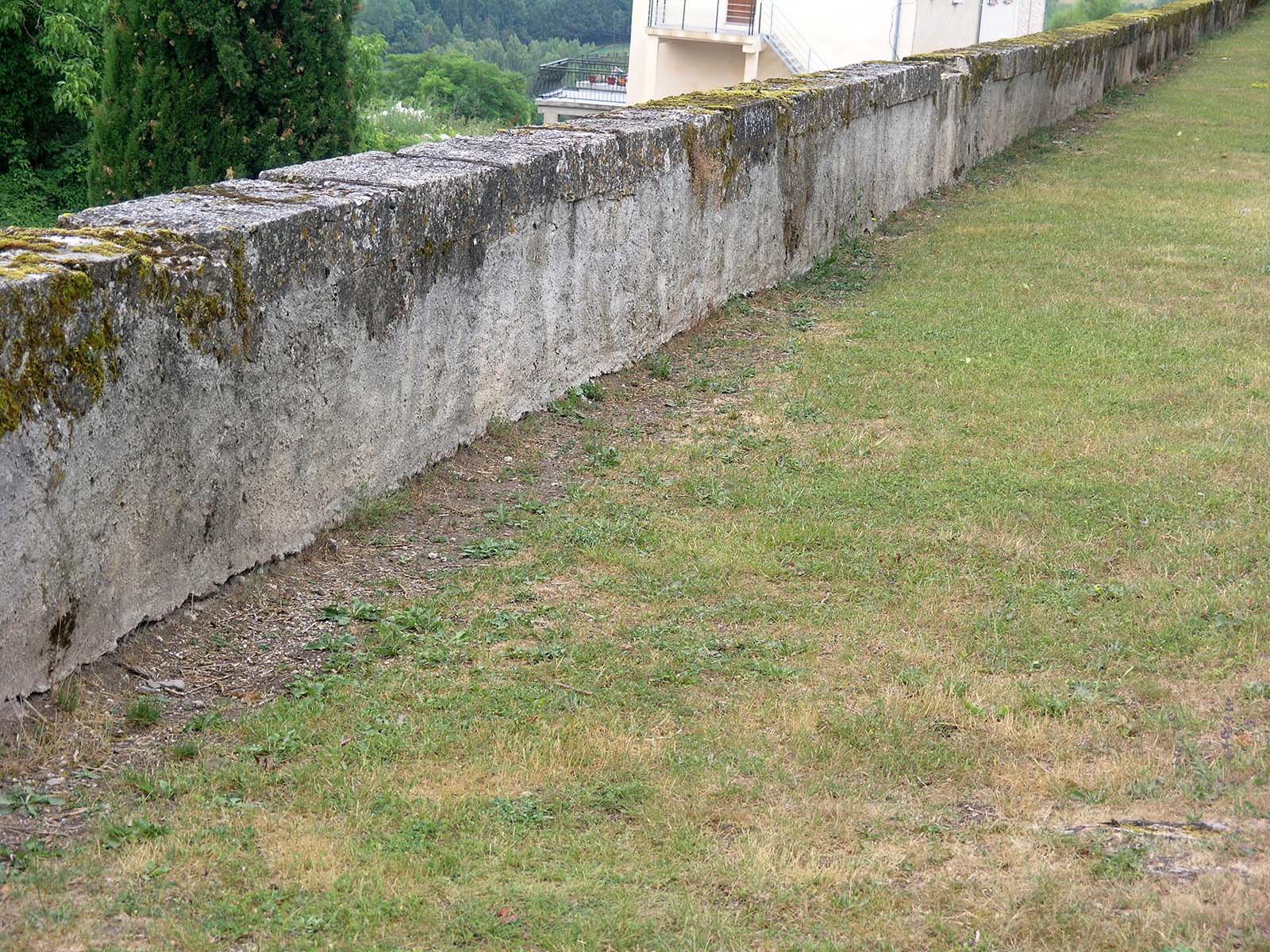
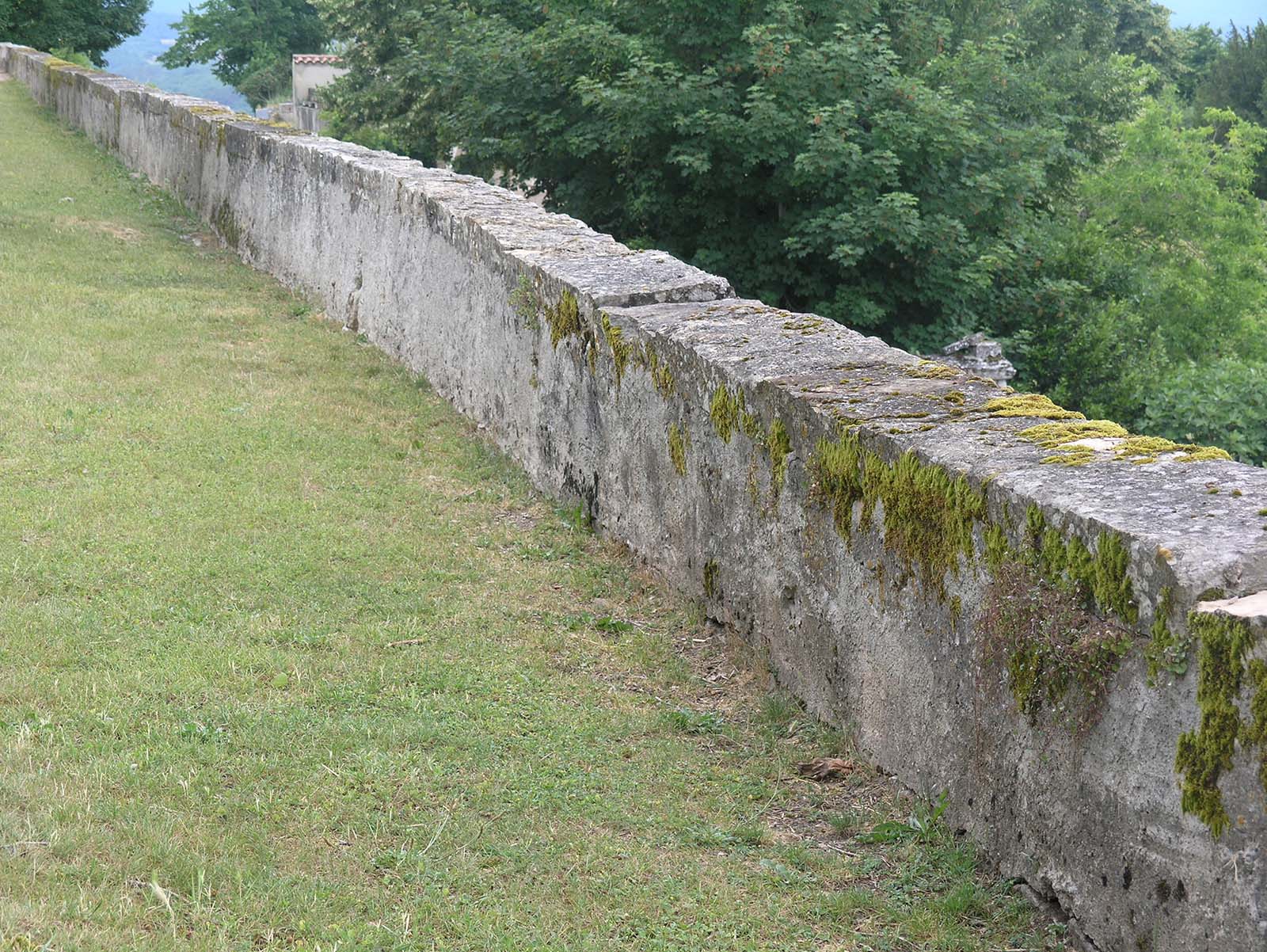
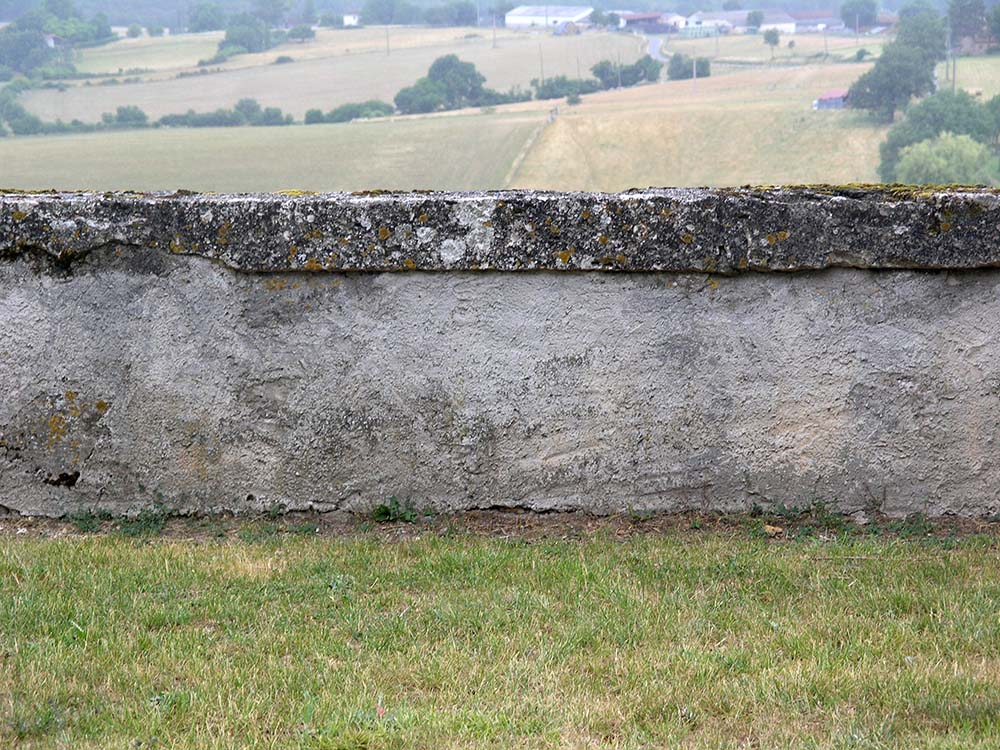
Chapters so far published from
Book 1 and Book 2 of “Drawing on Both Sides of the Brain” (Volume 1 of the series of four volumes)
BOOK 1 : “DRAWING WITH FEELING”
Chapters so far loaded:
- Introduction to book 1 of “Drawing with Feeling”
- Chapter 1: Accuracy versus expression
- Chapter 2: Traditional artistic practices
- Chapter 3: Modernist ideas that fed into new teaching methods
- Chapter 4: the sketch and explaining the feel-system
- Chapter 5: Negative spaces
- Chapter 6: Contour drawing
- Chapter 7: Copying Photographs
- Chapter 8: Movement, speed & memory
- Chapter 9: The drawing lesson- preparation
BOOK 2 : “DRAWING WITH KNOWLEDGE”
Chapters so far loaded:
- Chapter 13 : Introduction to “Drawing with Knowledge”
- Chapter 14 : Linear Perspective
- Chapter 15 : Eye-line problems
- Chapter 16 : Head movement opportunities